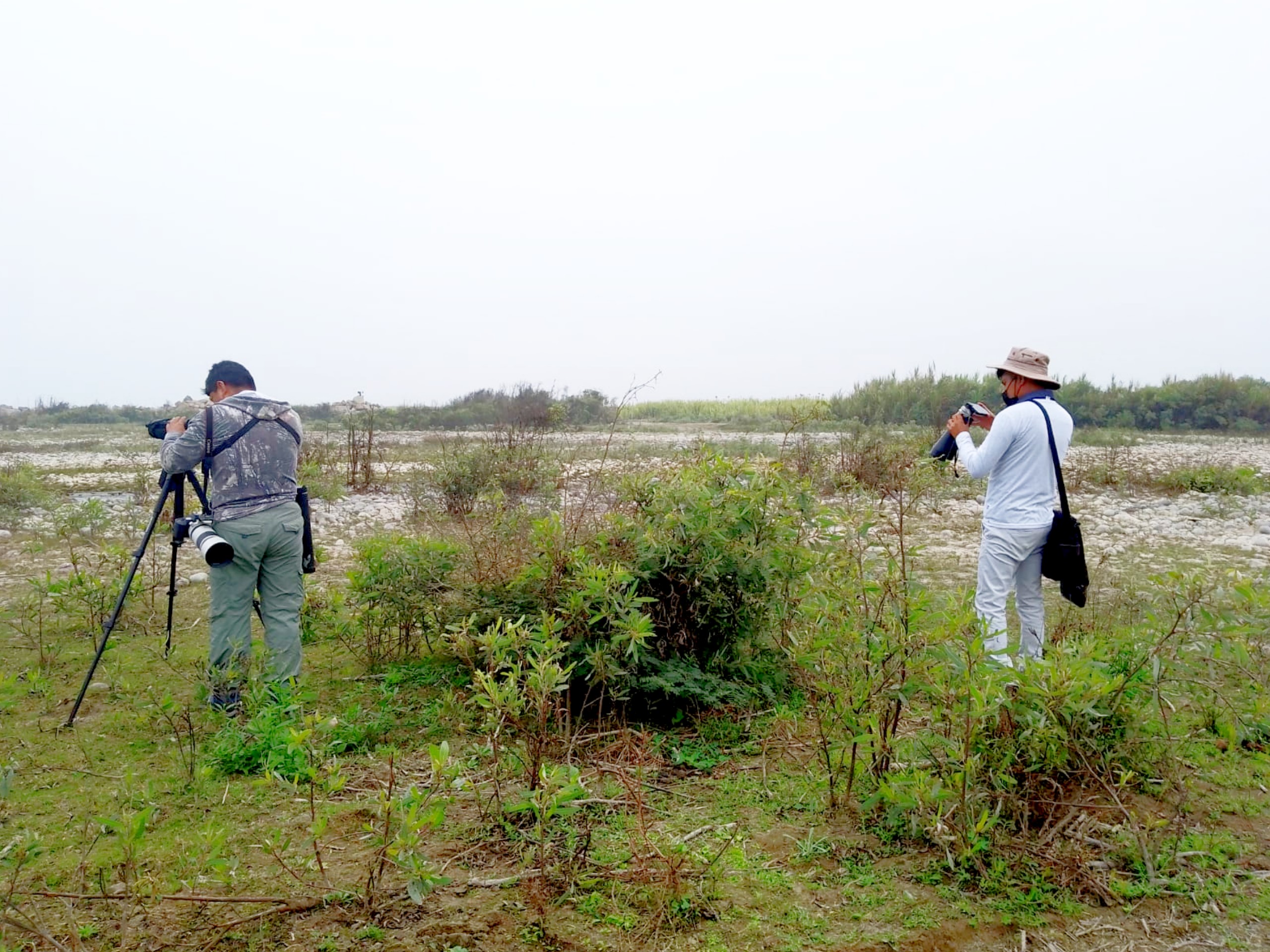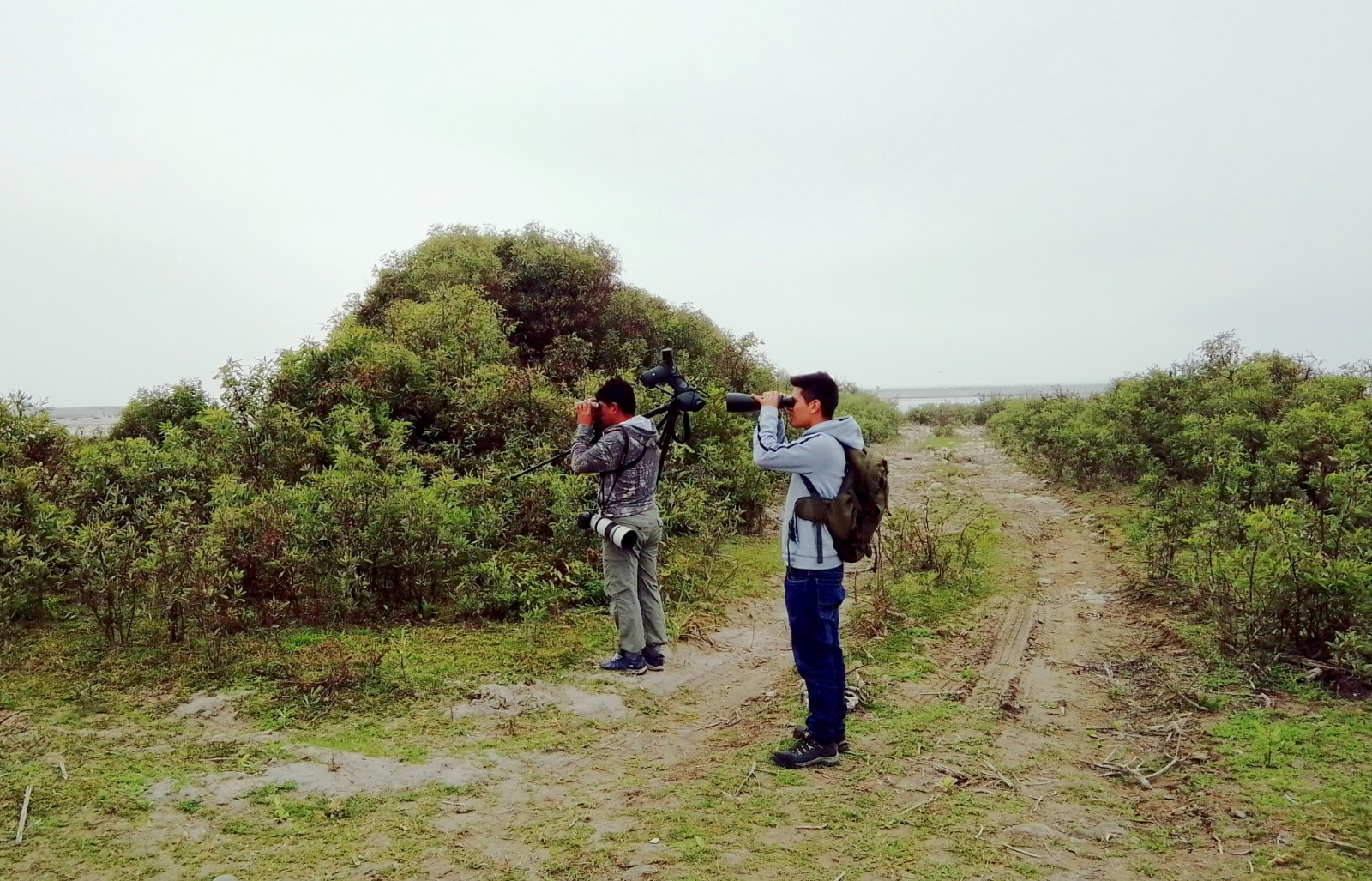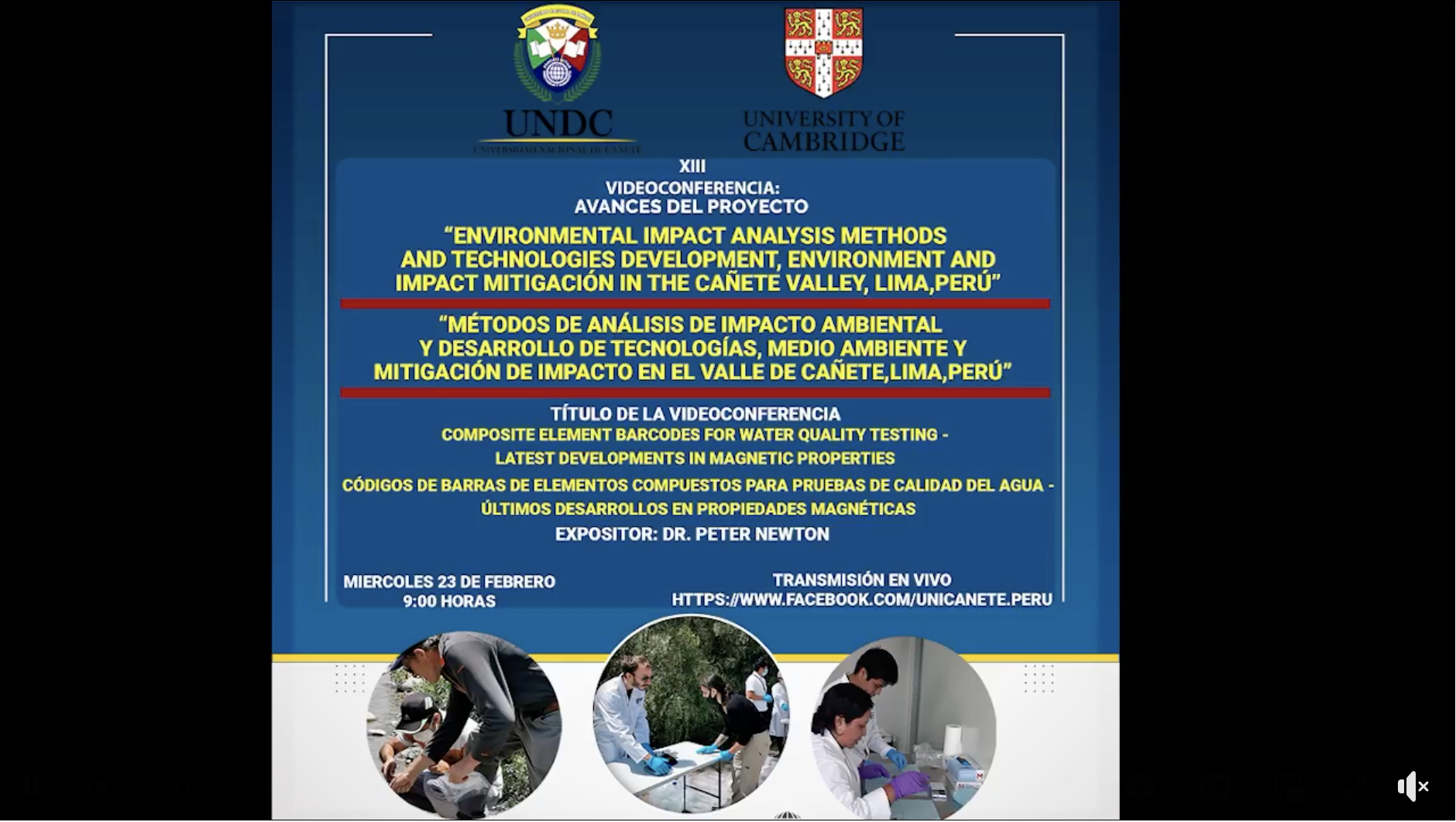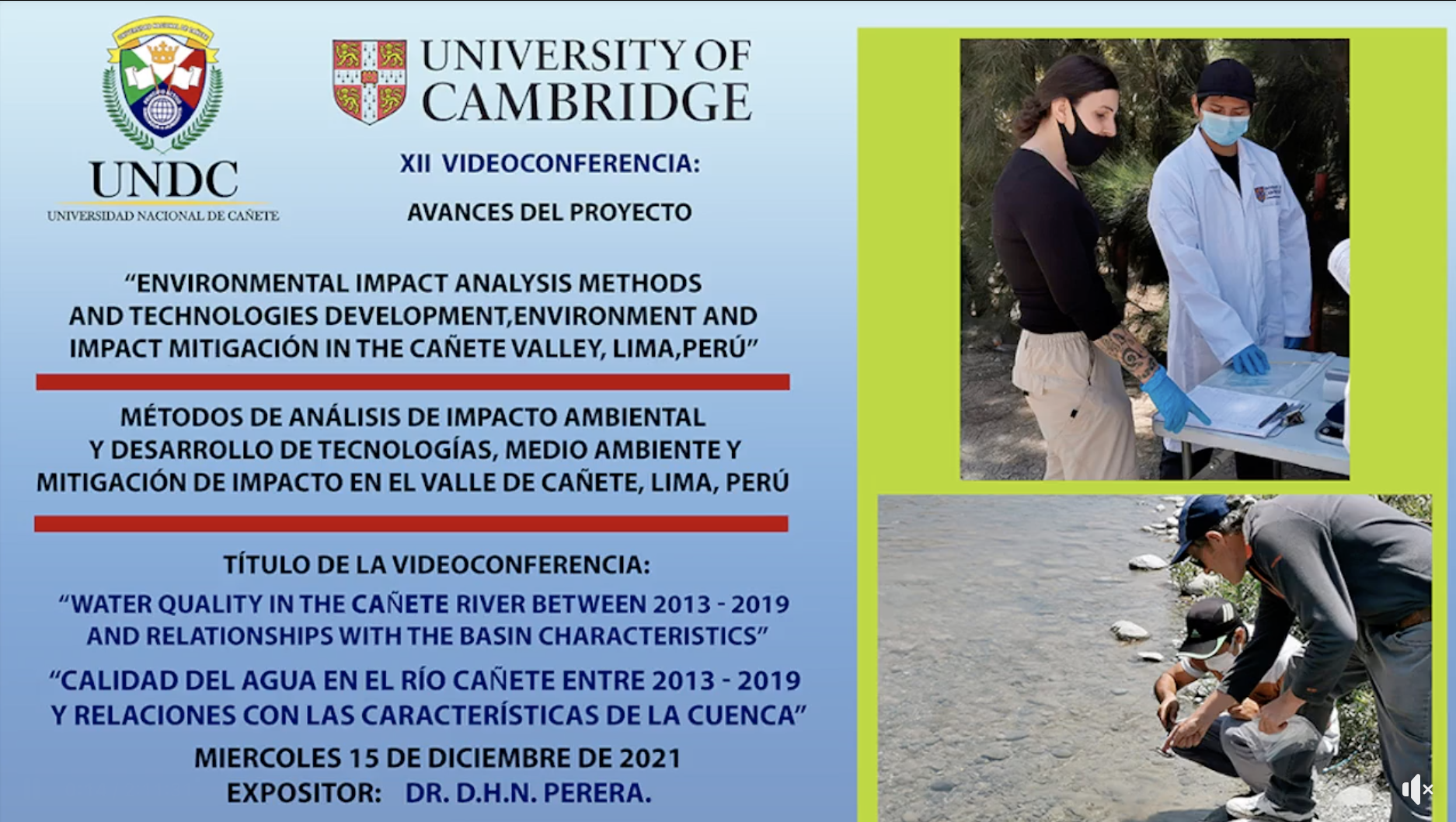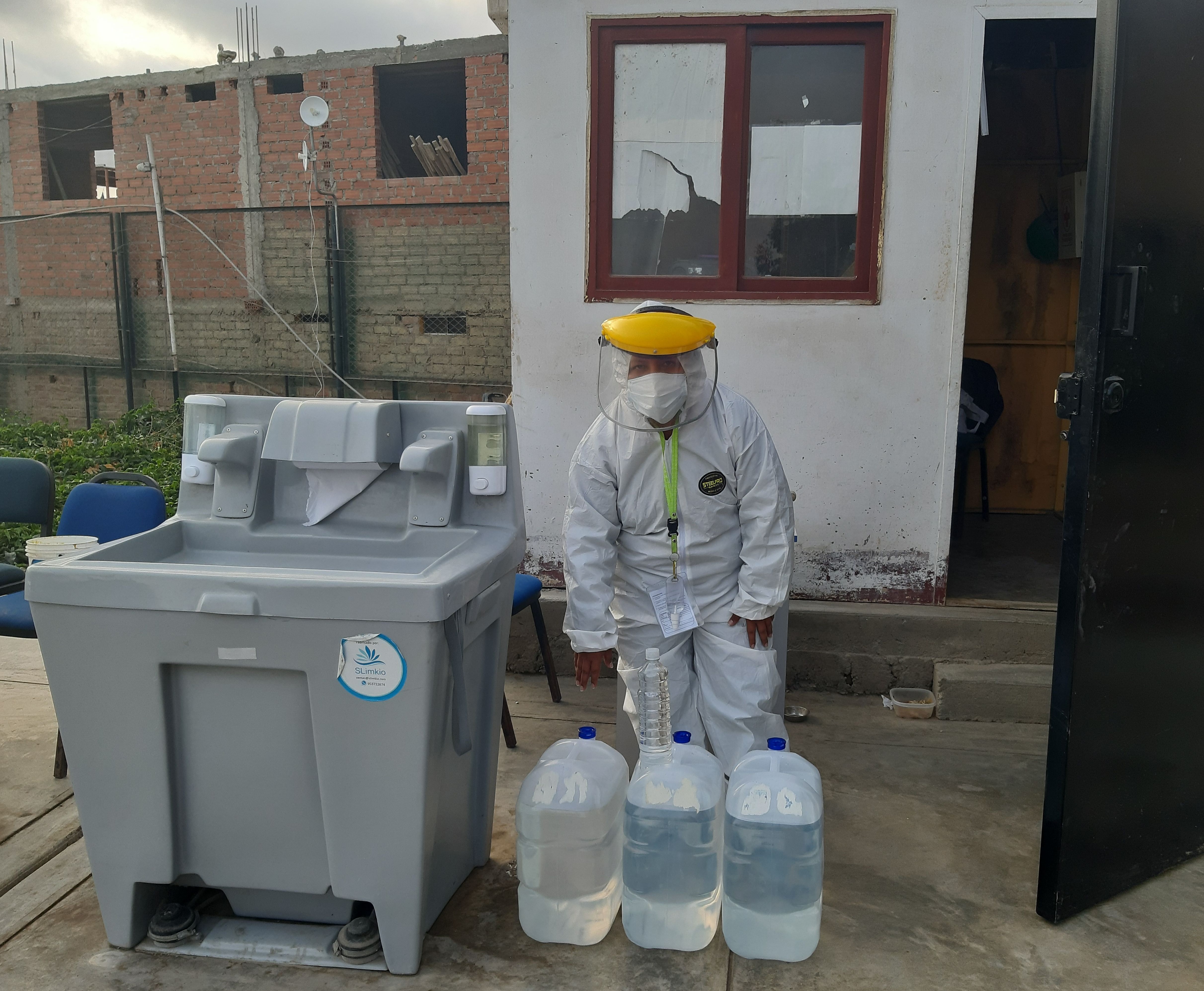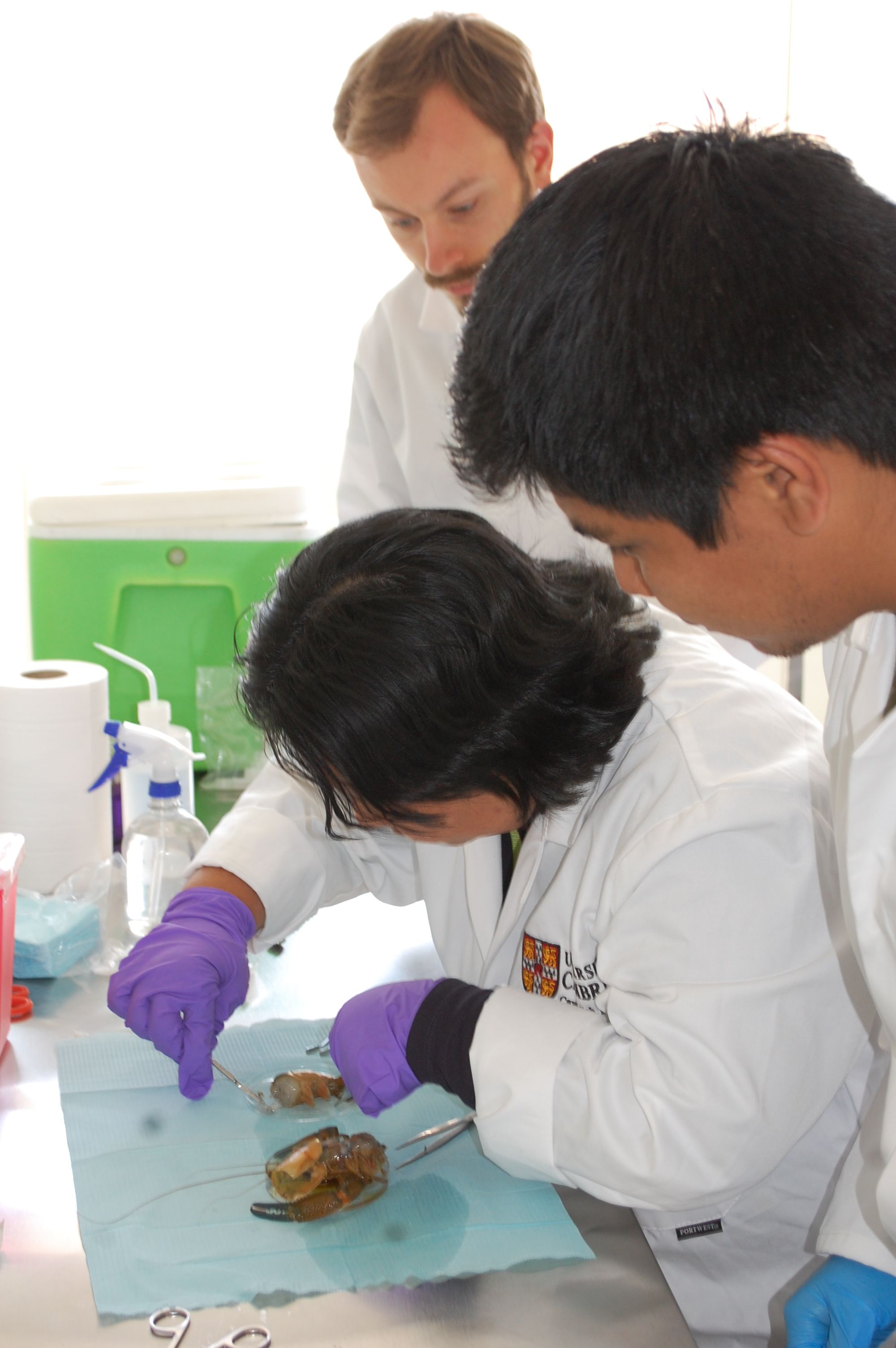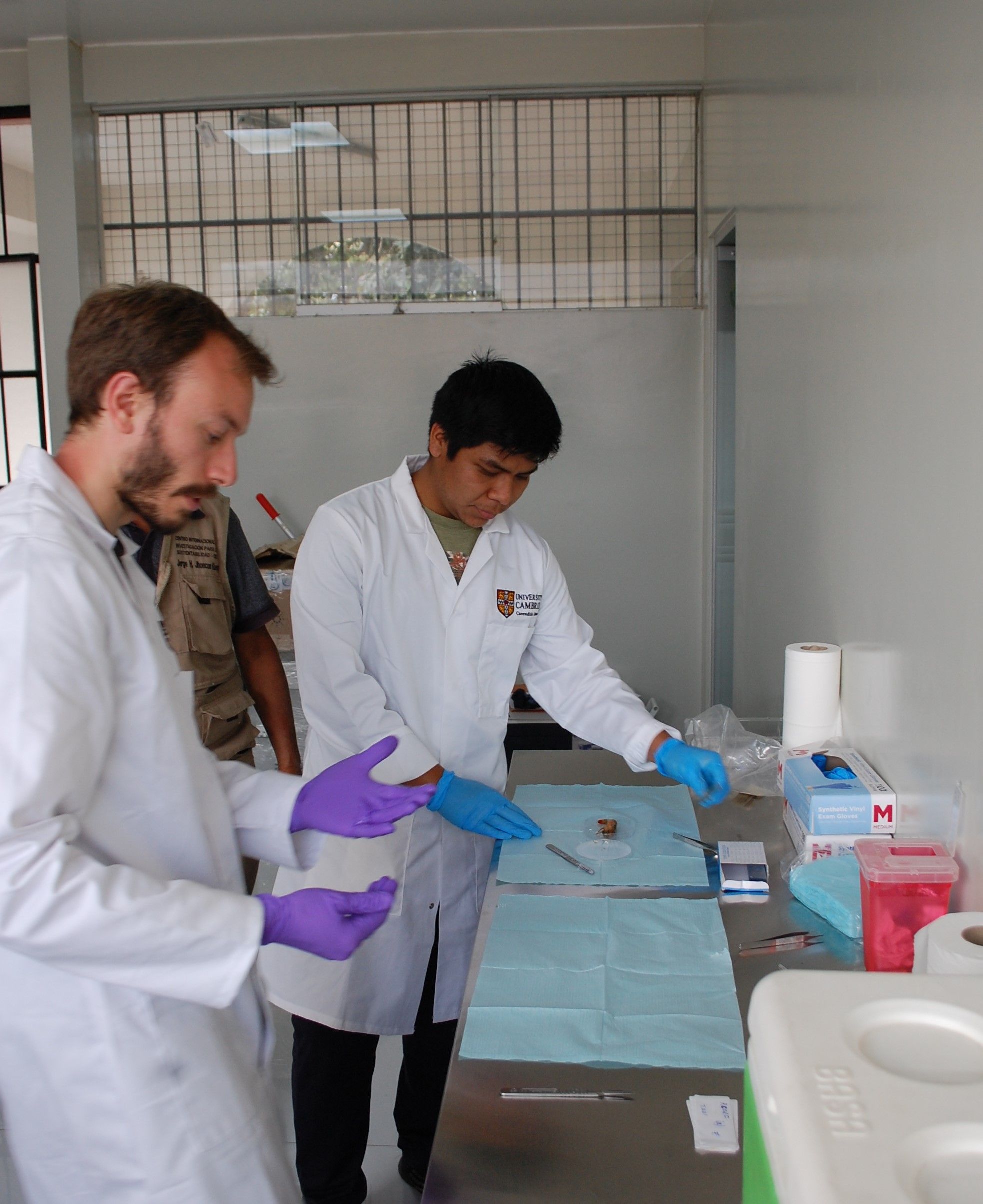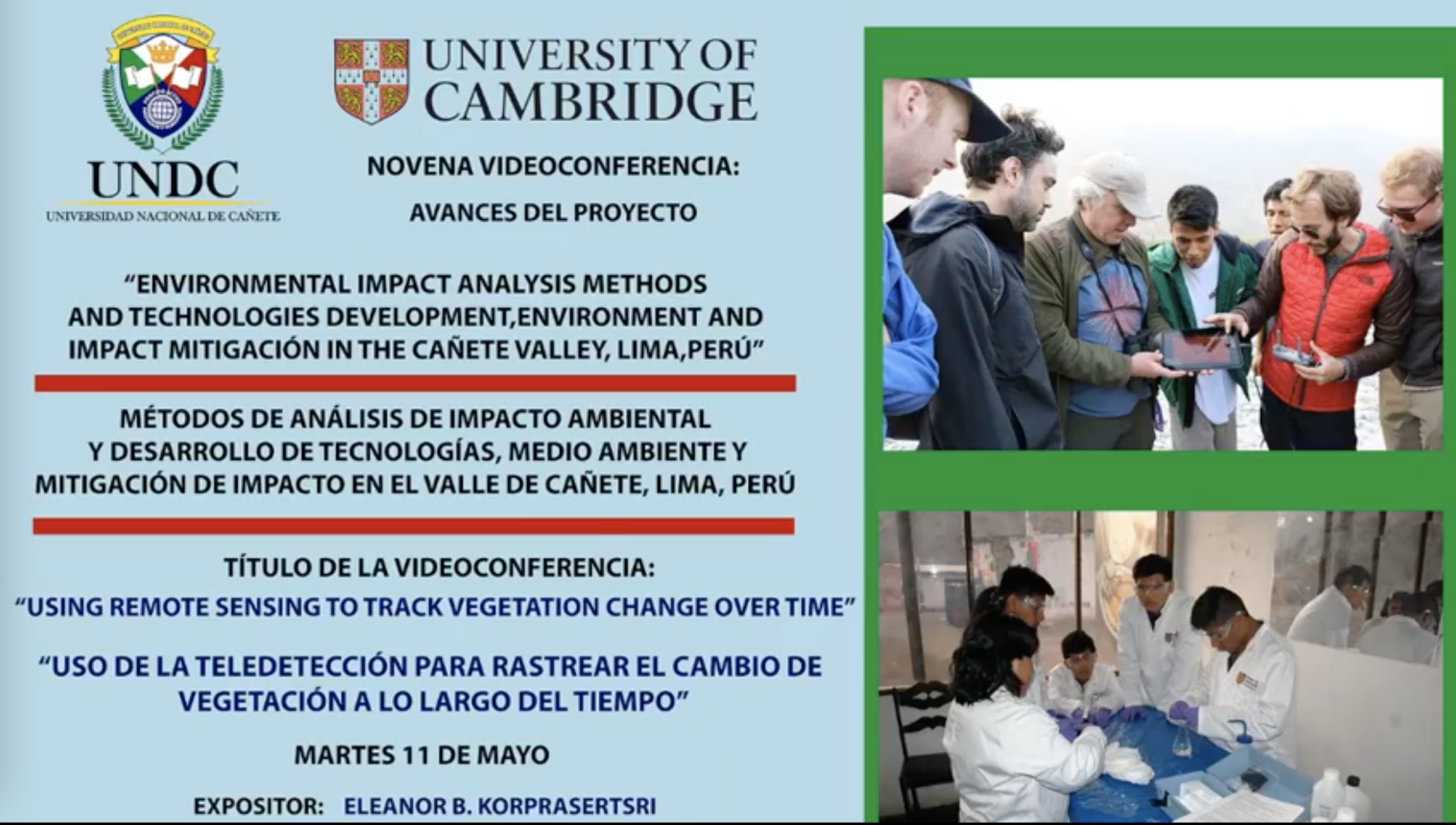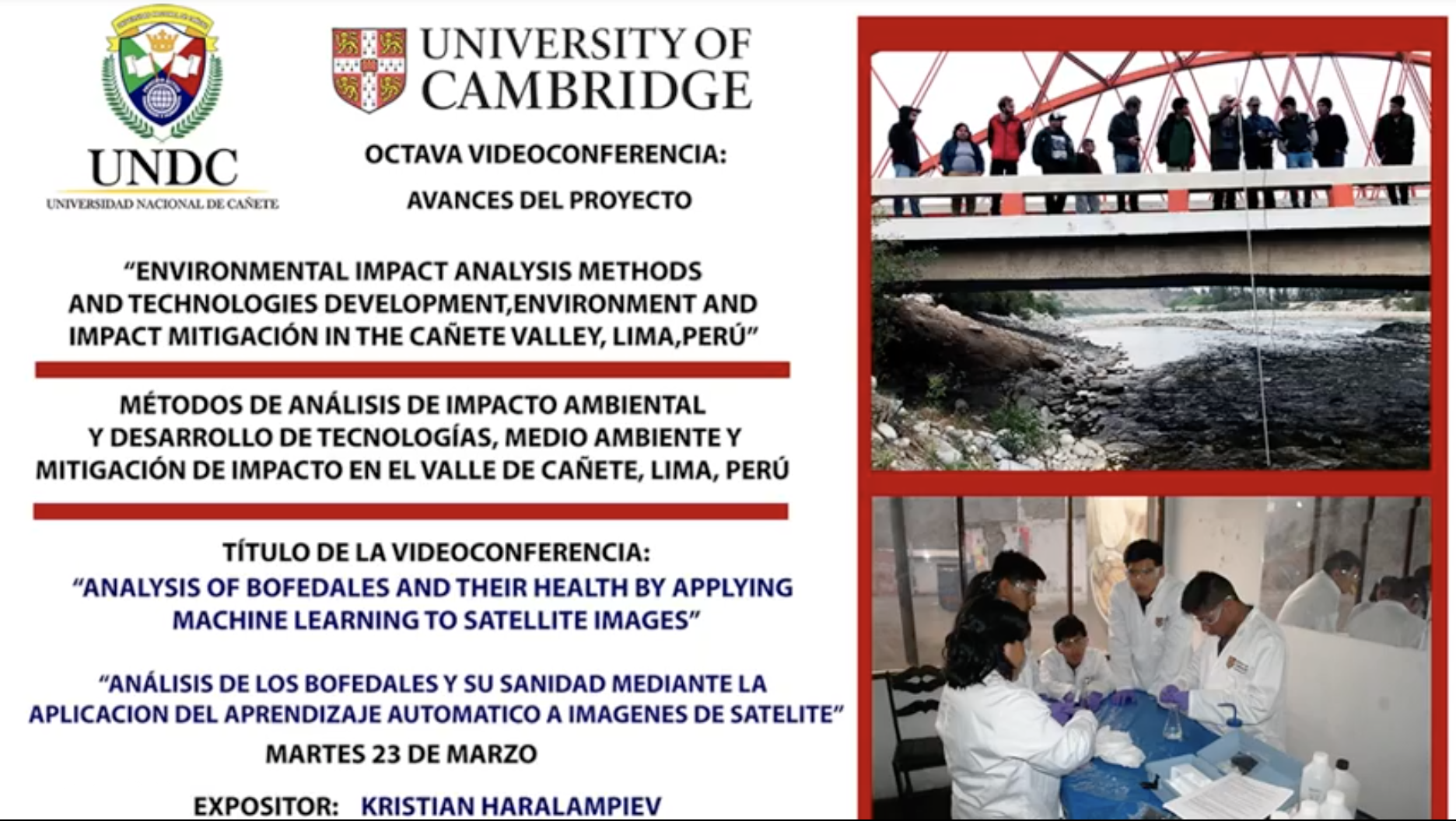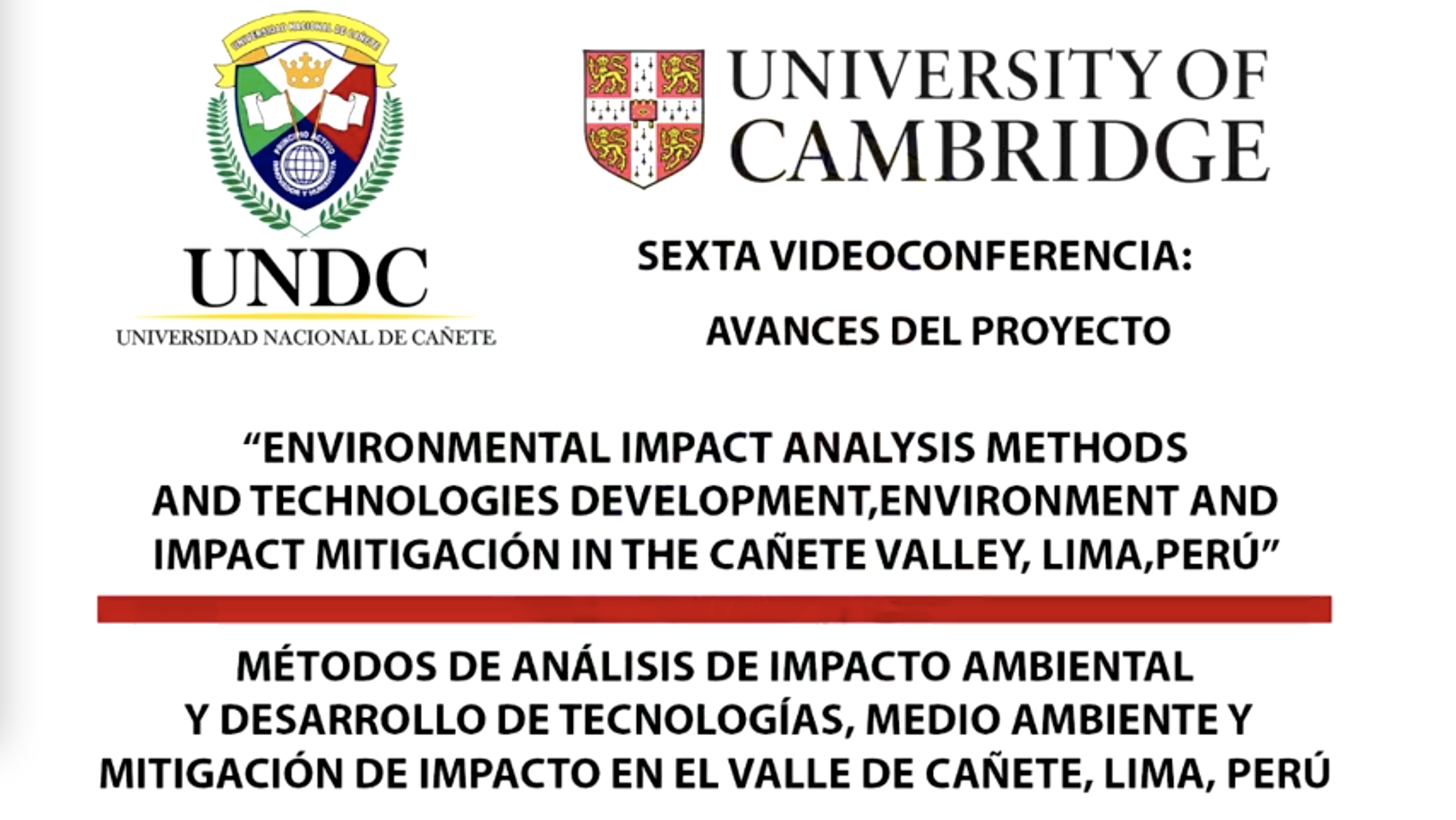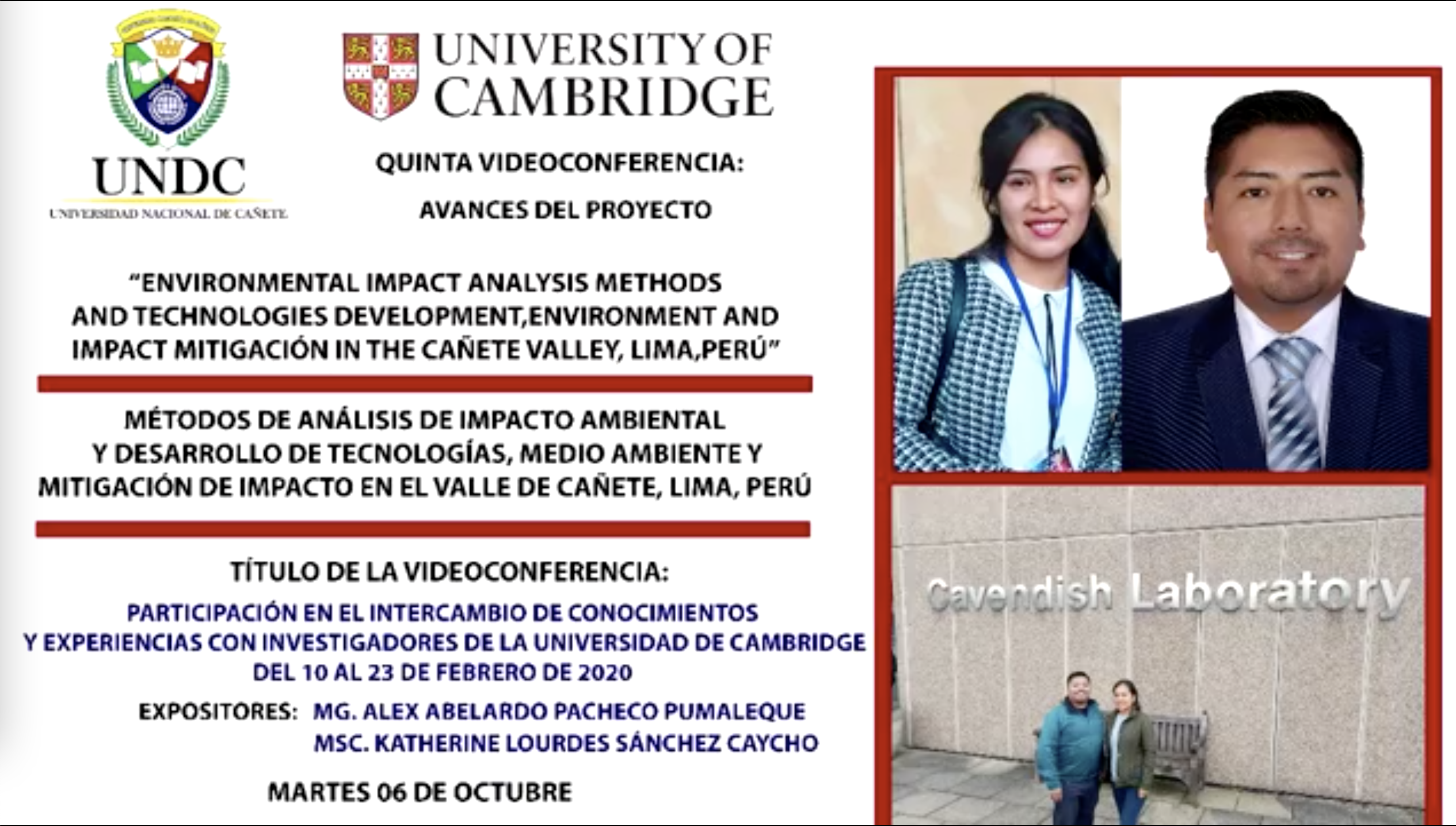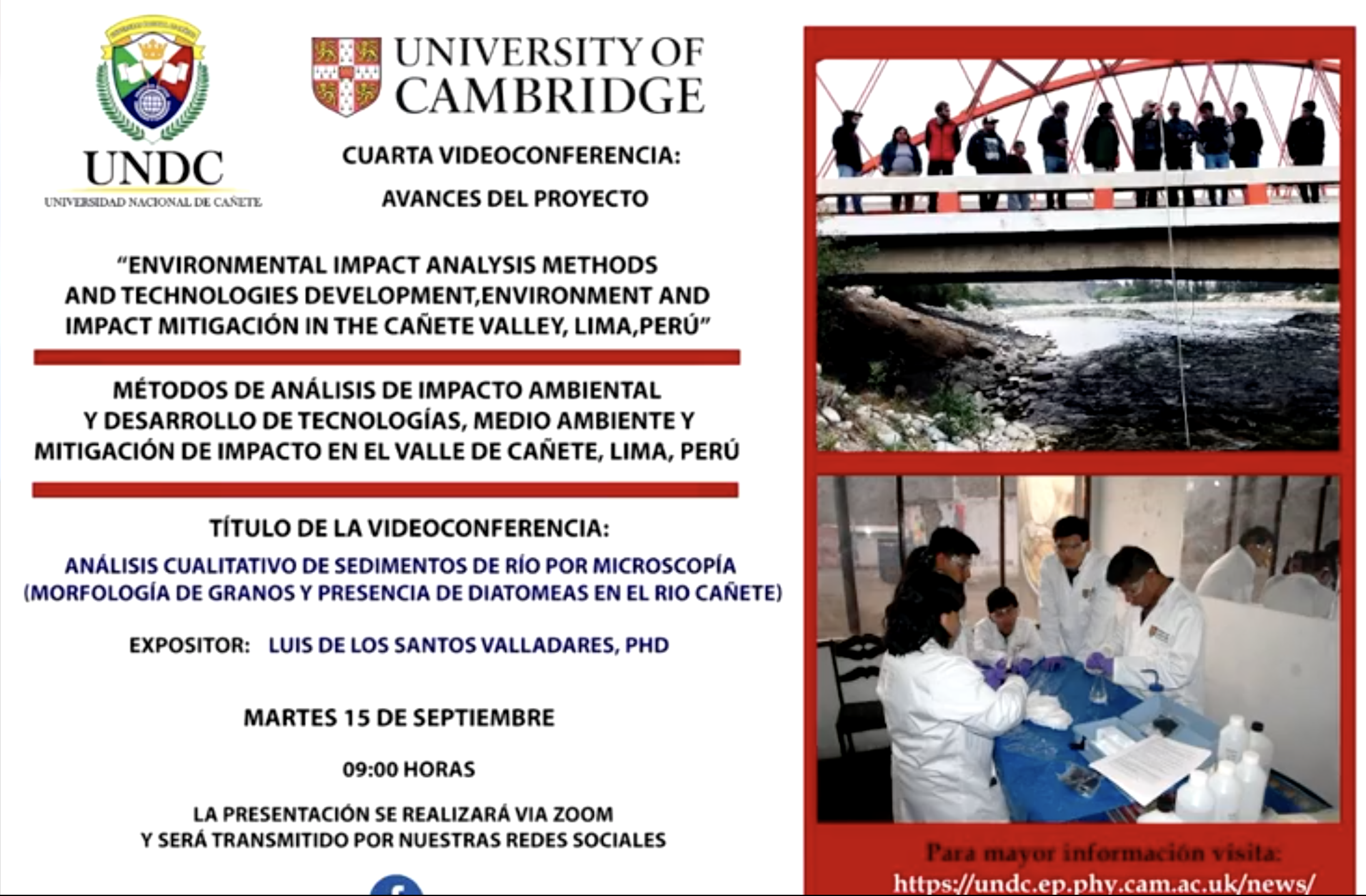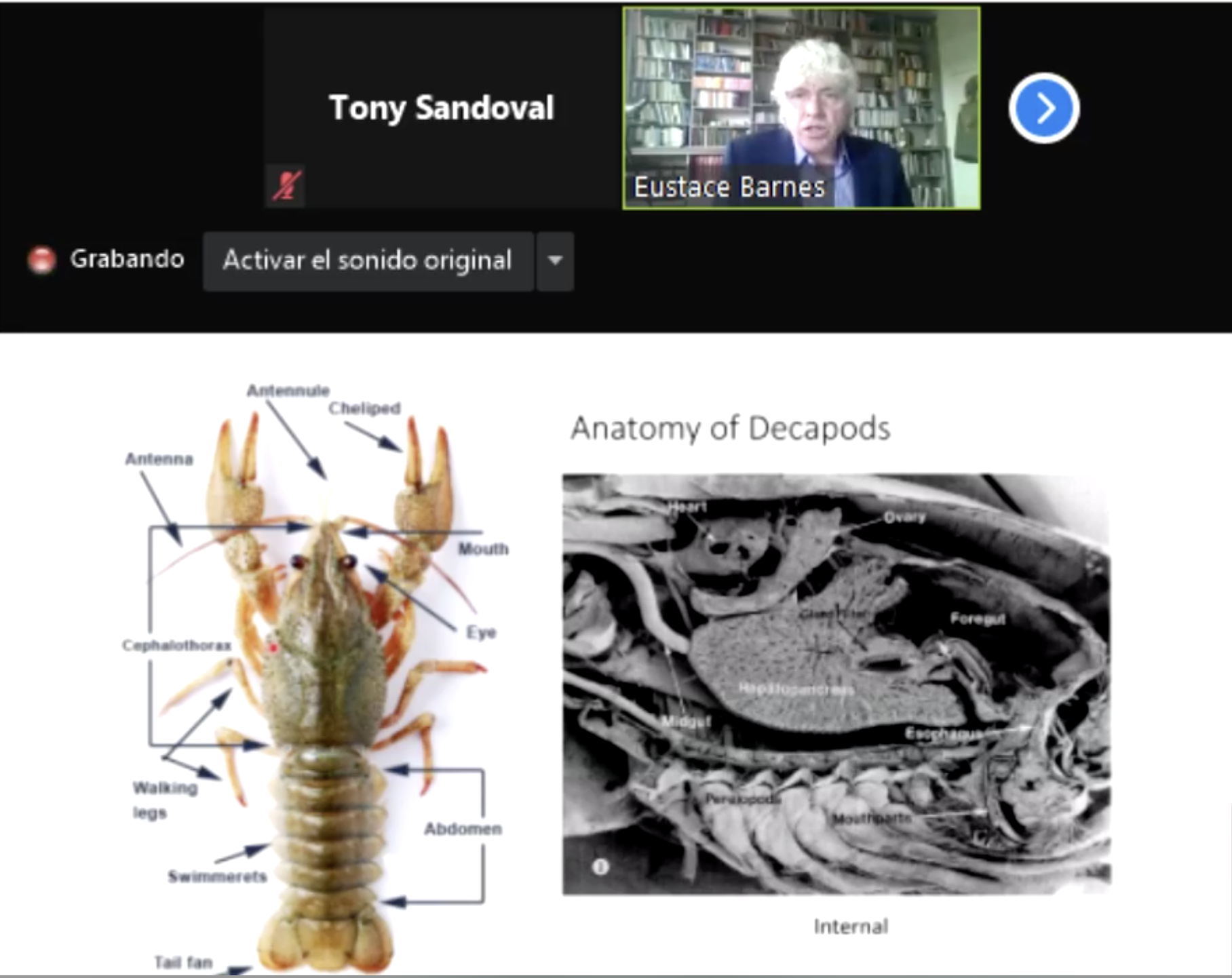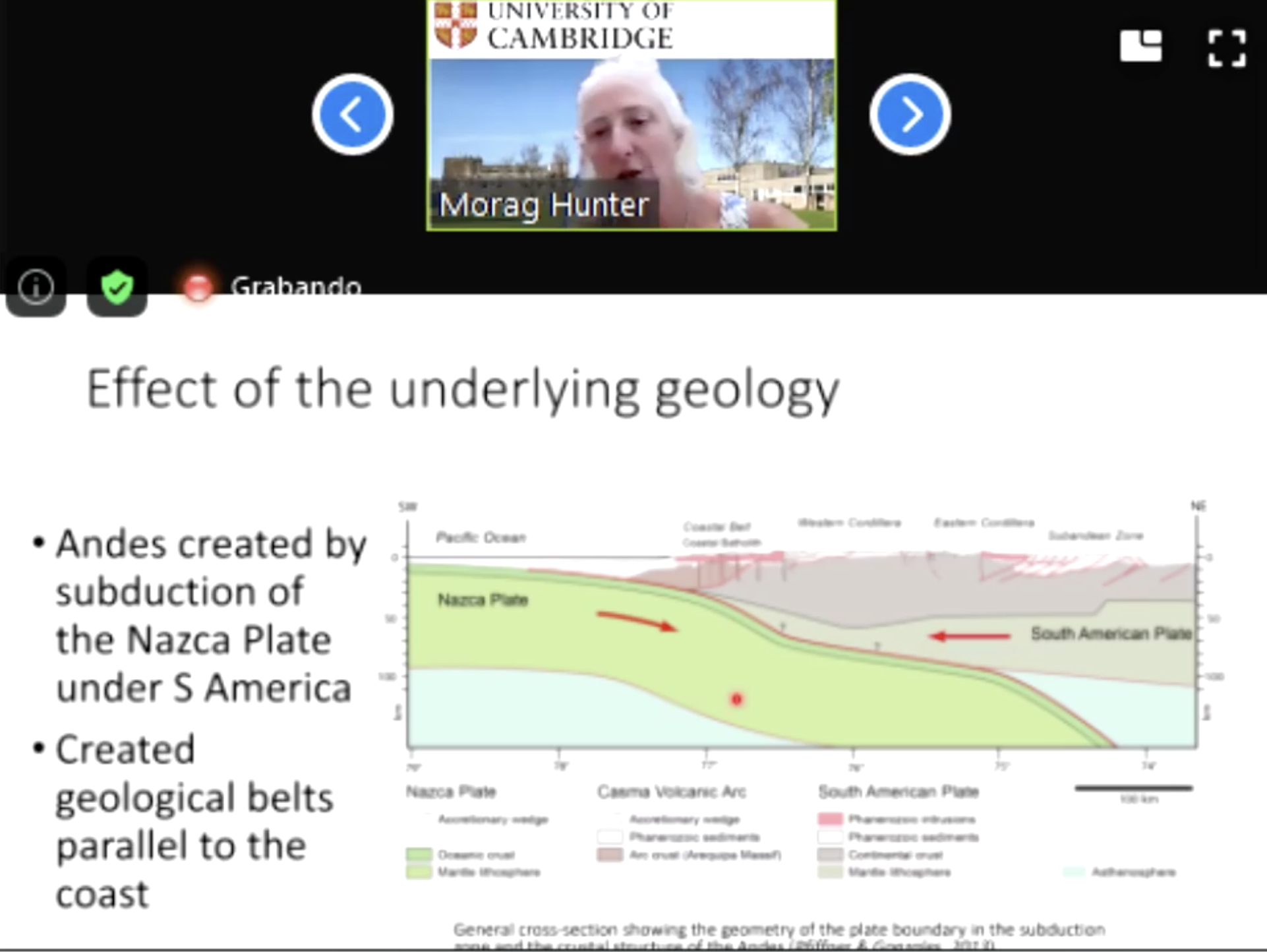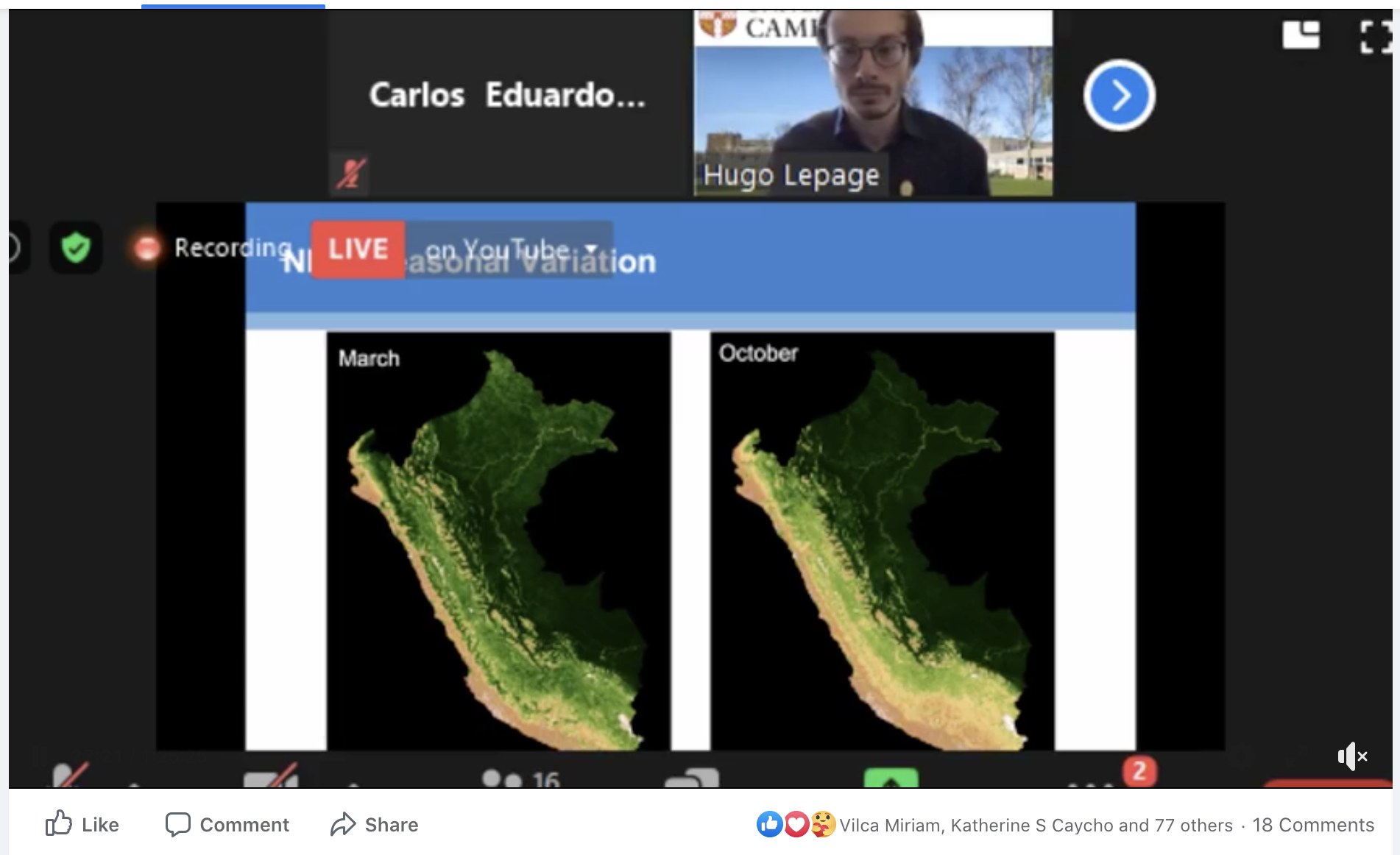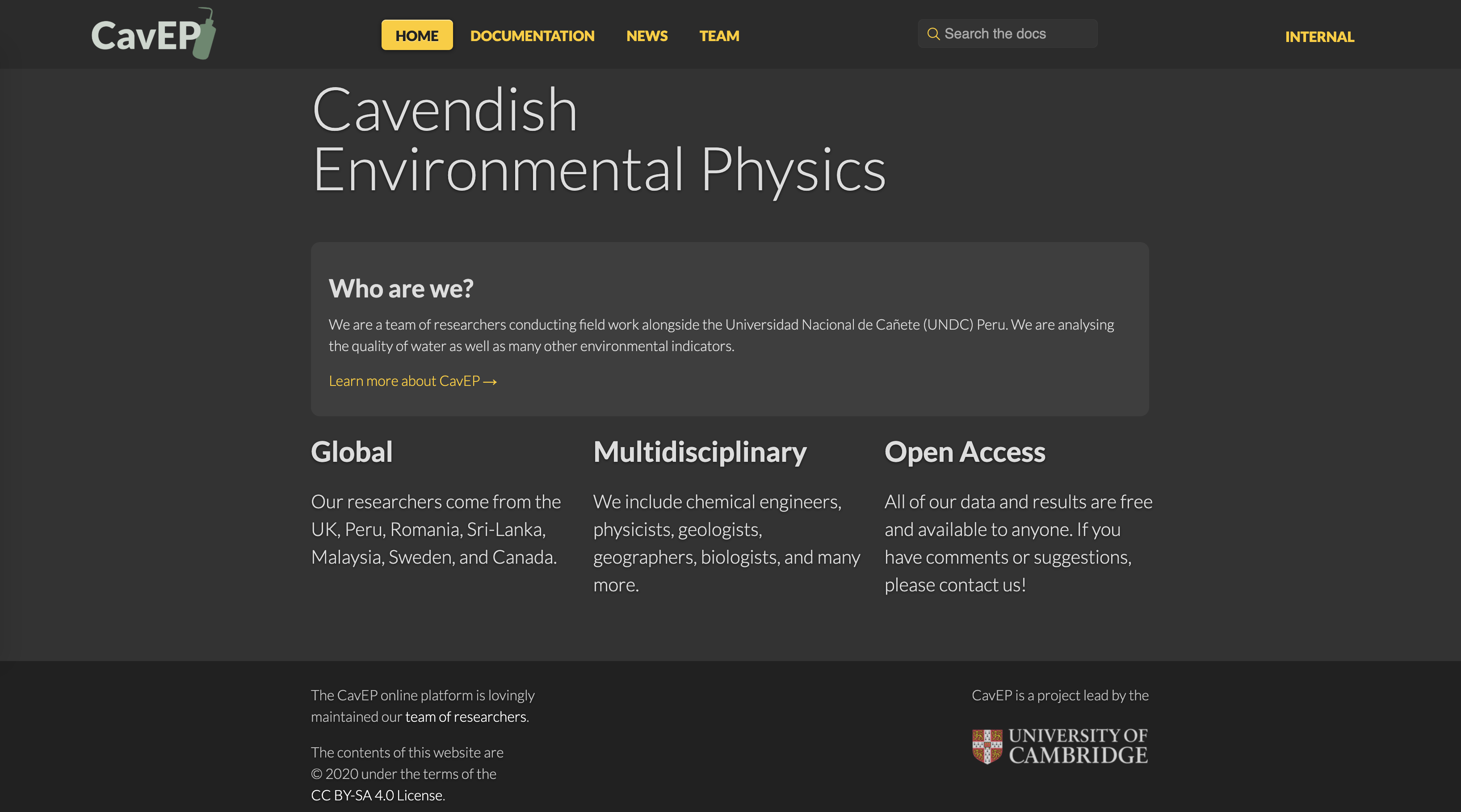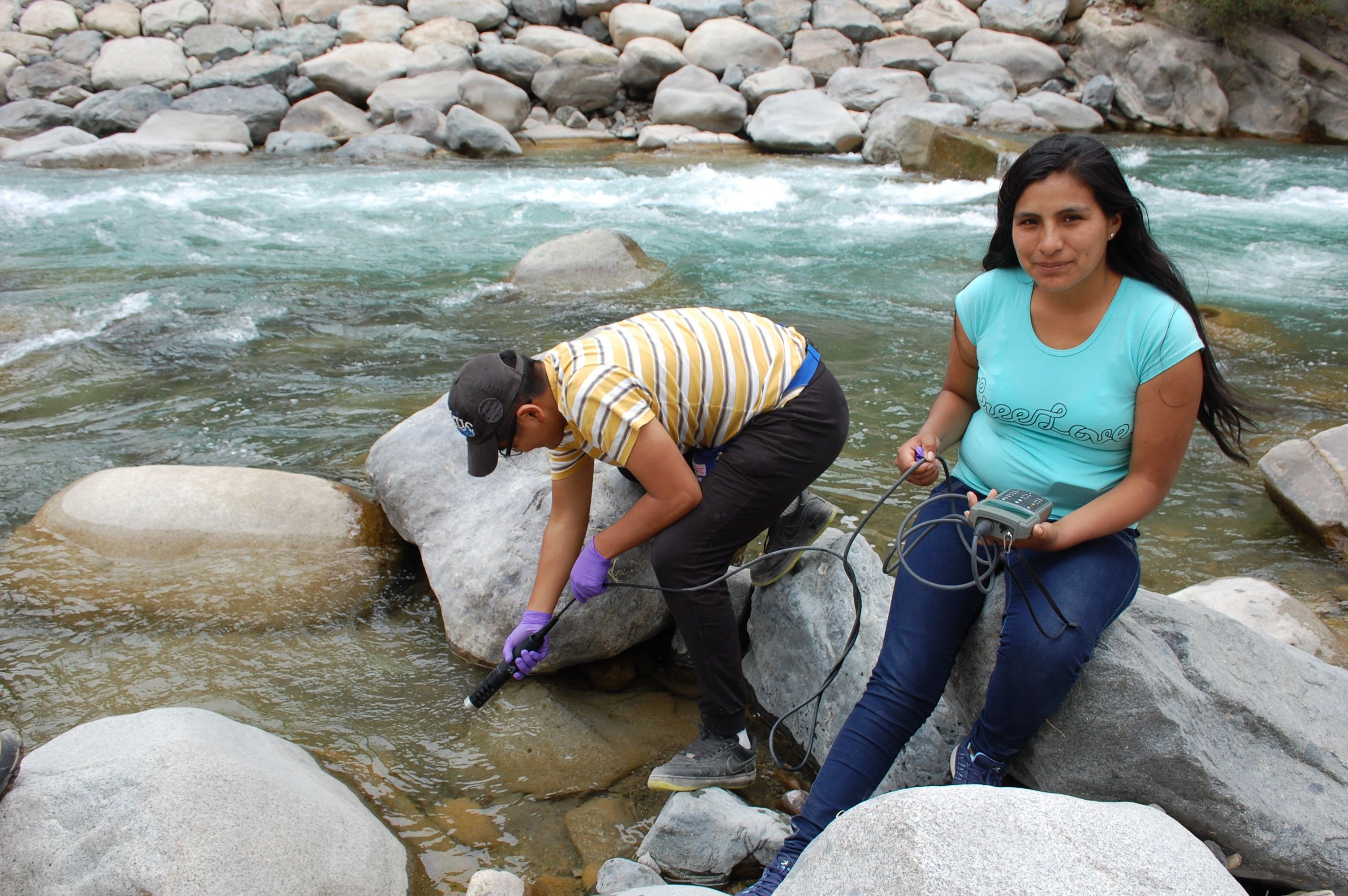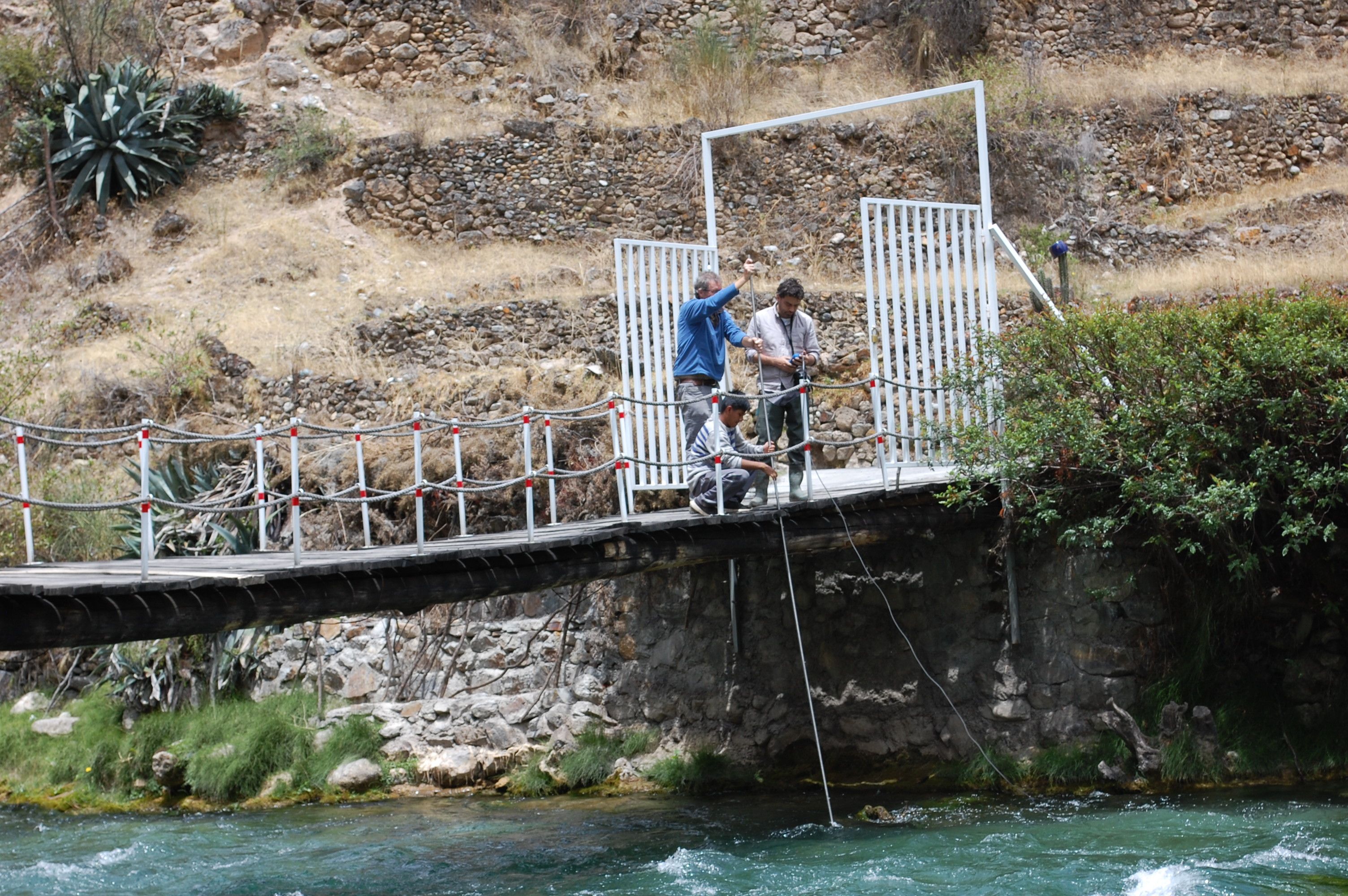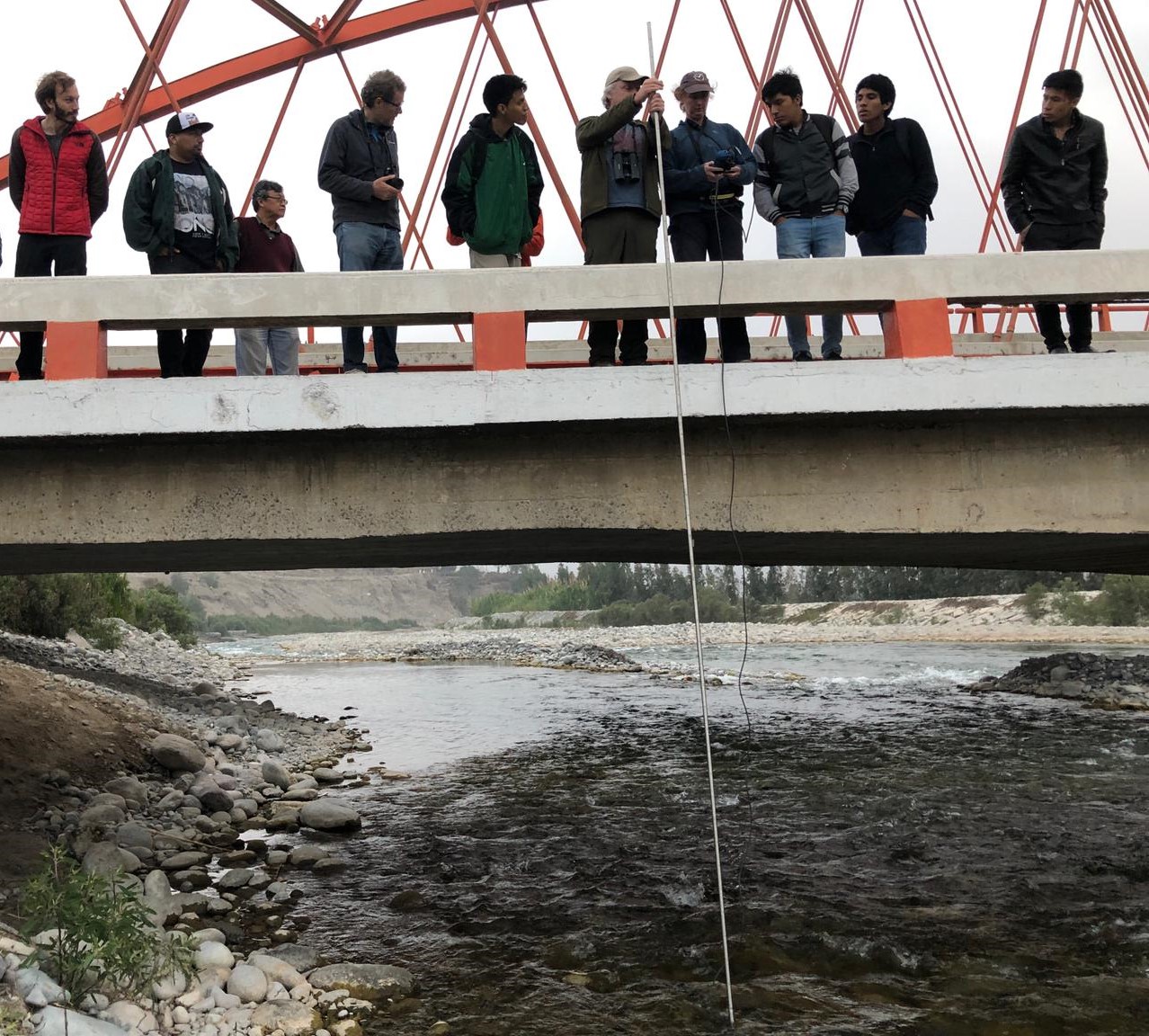Project director Eustace Barnes took the UNDC visitors - Betsabe, Edwin and Miriam – in to the Cambridgeshire countryside to look at –
-Landscape management practices and the value of remote sensing.
-Environmental processes and associated research themes.
They visited Wicken Fen, the Ouse Washes RSPB reserve and typical farmland of the area.
Firstly, the visit to Wicken Fen allowed a contrast of traditional semi-natural landscape – the fens - with the current managed farmed landscape to be made. The Fens are a very large, flat low-lying area of eastern England that was once marshland but was mostly drained and has been used for agriculture since the 17th century. The team discussed soils, drainage and land use patterns in this manmade landscape.
Secondly, a visit was made to the Ouse Washes Bird reserve. There is was possible to see the change in land levels since the Fens were drained. The various current land uses were clearly visible in the lower lying and intensively farmed lands adjacent to the remaining fens. The latter almost 10m above the level of the farmland and clearly managed in a traditional manner with livestock.
A visit was also made to Ely cathedral.
On their return to Cambridge, a visit was made to the Cambridge Science Park to observe the close connections between the research capabilities that exist at the University of Cambridge and the technological and economic opportunities that arise from these links with world leading technology and pharmaceutical companies.
The day concluded with discussions about research opportunities at UNDC in which the following research themes were discusse -
*The concentration and dispersion of trace metals and associated residues from pesticides and fertilizers in irrigated lands in the lower Cañete valley.
*Remote Sensing and geospatial variation in vegetative productivity and soil characteristics connected to anthropogenic land management practices and climate change.
*The Andean river shrimp as a bioindicator.
All these opportunities could involve co-ordinated research between staff at the UNDC and the UCAM.
El director del proyecto, Eustace Barnes, llevó a los visitantes de la UNDC - Betsabe, Edwin y Miriam - a la campiña de Cambridgeshire para examinar -.
-las prácticas de gestión del paisaje y el valor de la teledetección.
-procesos medioambientales y temas de investigación asociados.
Visitaron Wicken Fen, la reserva RSPB de Ouse Washes y tierras de cultivos típicas de la zona.
En primer lugar, la visita a Wicken Fen permitió contrastar el paisaje seminatural tradicional - los Fens - con el paisaje agrícola gestionado actual. Los Fens son una zona llana y baja muy extensa del este de Inglaterra que en su día fueron marismas, pero que se drenaron en su mayor parte y se han utilizado para la agricultura desde el siglo XVII. El equipo analizó los suelos, el drenaje y las pautas de uso del suelo en este paisaje artificial.
En segundo lugar, se visitó la reserva ornitológica de Ouse Washes. Allí se pudo observar el cambio en los niveles del suelo desde que se drenaron los Fens. Los diversos usos actuales del suelo eran claramente visibles en las tierras más bajas y de cultivo intensivo adyacentes a los Fens restantes. Estas últimas se encontraban a casi 10 metros por encima del nivel de las tierras de labranza y estaban claramente gestionadas de forma tradicional con ganado.
También se visitó la catedral de Ely.
De regreso a Cambridge, se realizó una visita al Parque Científico de Cambridge para observar las estrechas conexiones entre las capacidades de investigación que existen en la Universidad de Cambridge y las oportunidades tecnológicas y económicas que surgen de estos vínculos con empresas tecnológicas y farmacéuticas líderes en el mundo.
La jornada concluyó con debates sobre las oportunidades de investigación en la UNDC en los que se trataron los siguientes temas de investigación -
*Concentración y dispersión de metales traza y residuos asociados de pesticidas y fertilizantes en regadíos del valle bajo del Cañete.
*La teledetección y la variación geoespacial de la productividad vegetativa y las características del suelo relacionadas con las prácticas antropogénicas de manejo de la tierra y el cambio climático.
*El camarón de río andino como bioindicador.
Todas estas oportunidades podrían implicar una investigación coordinada entre el personal de la UNDC y la UCAM.
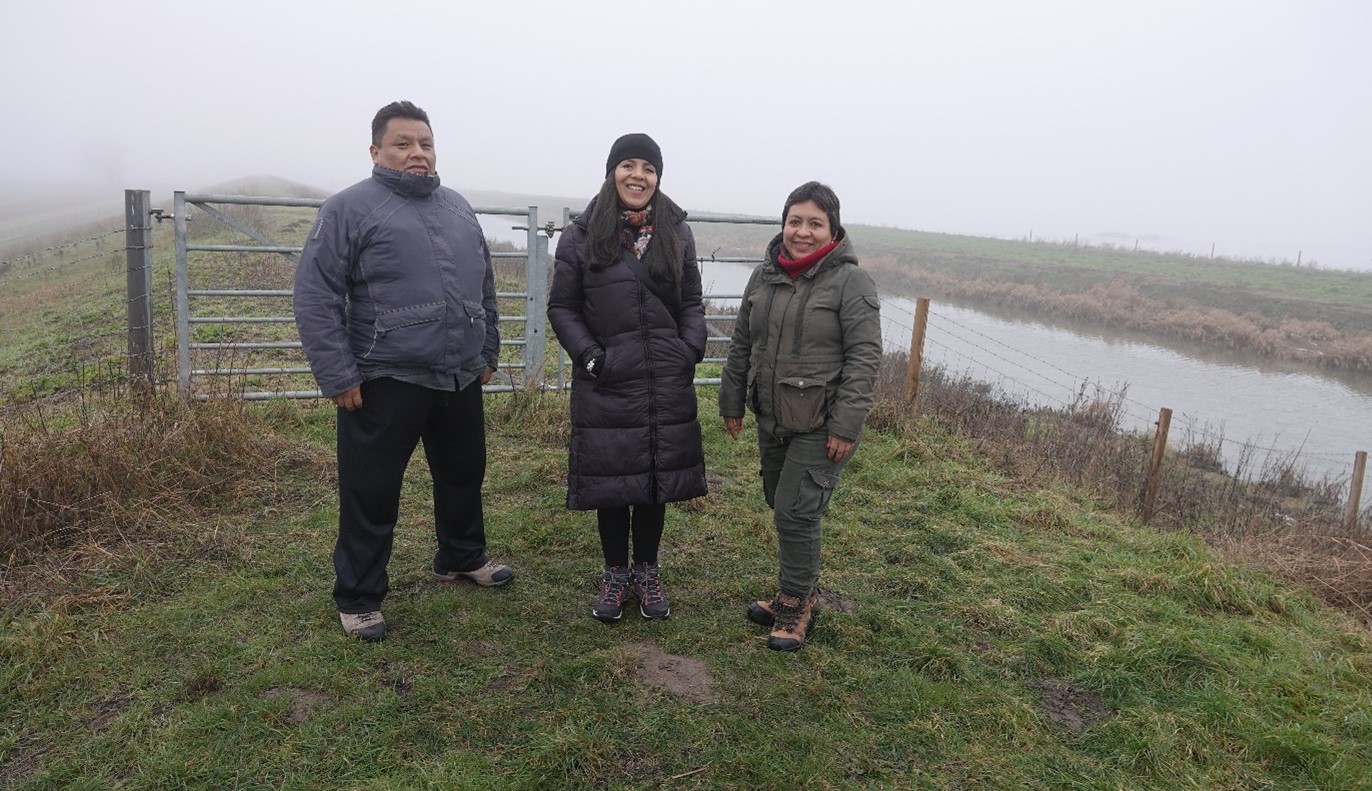
A typical Fenland view - very flat and crossed with drainage ditches / Una vista típica de Fenland: muy llana y cruzada por canales de drenaje.
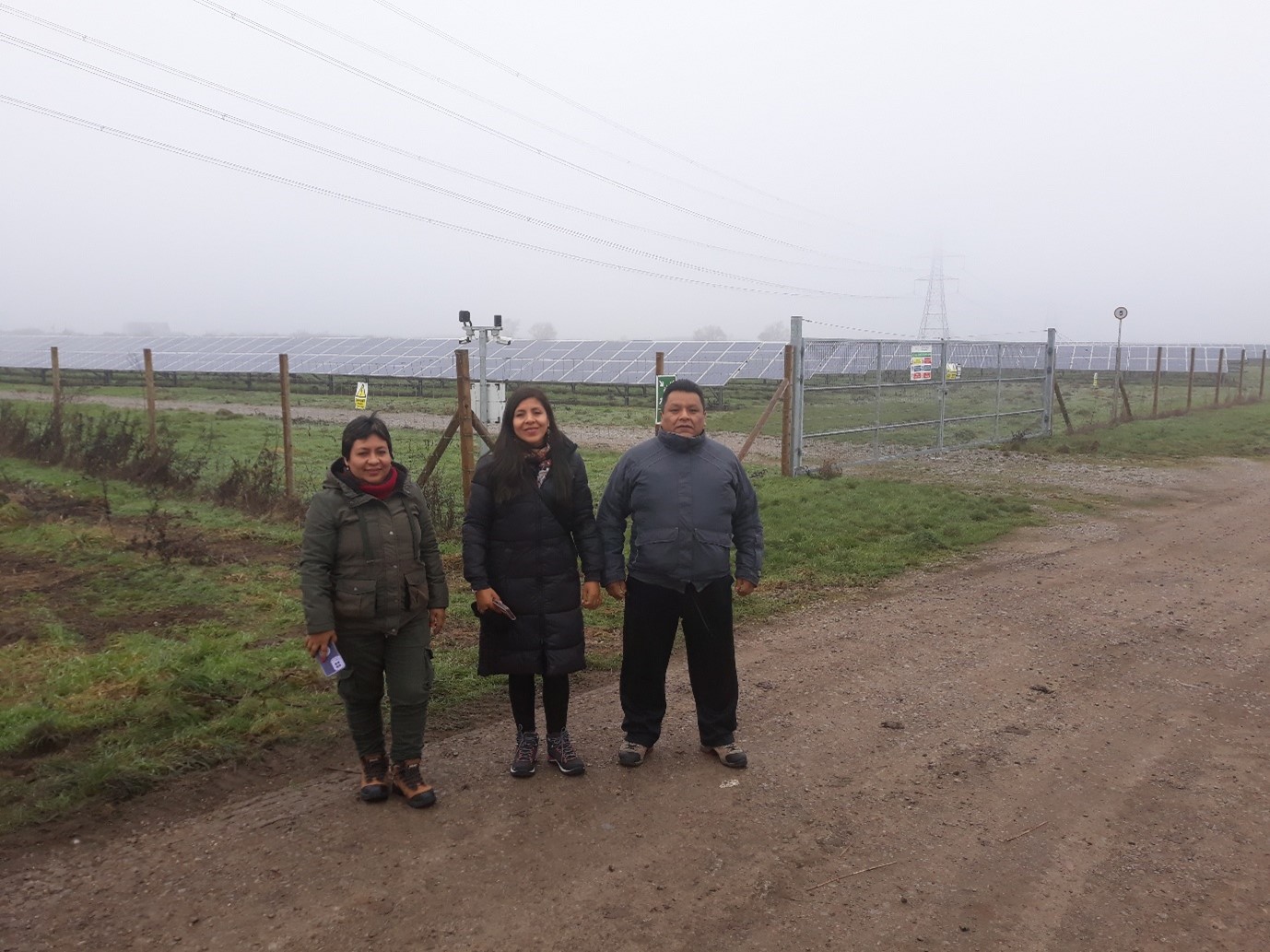
New developments in Fenland - solar panel farms / Nuevos desarrollos en Fenland: granjas de paneles solares.
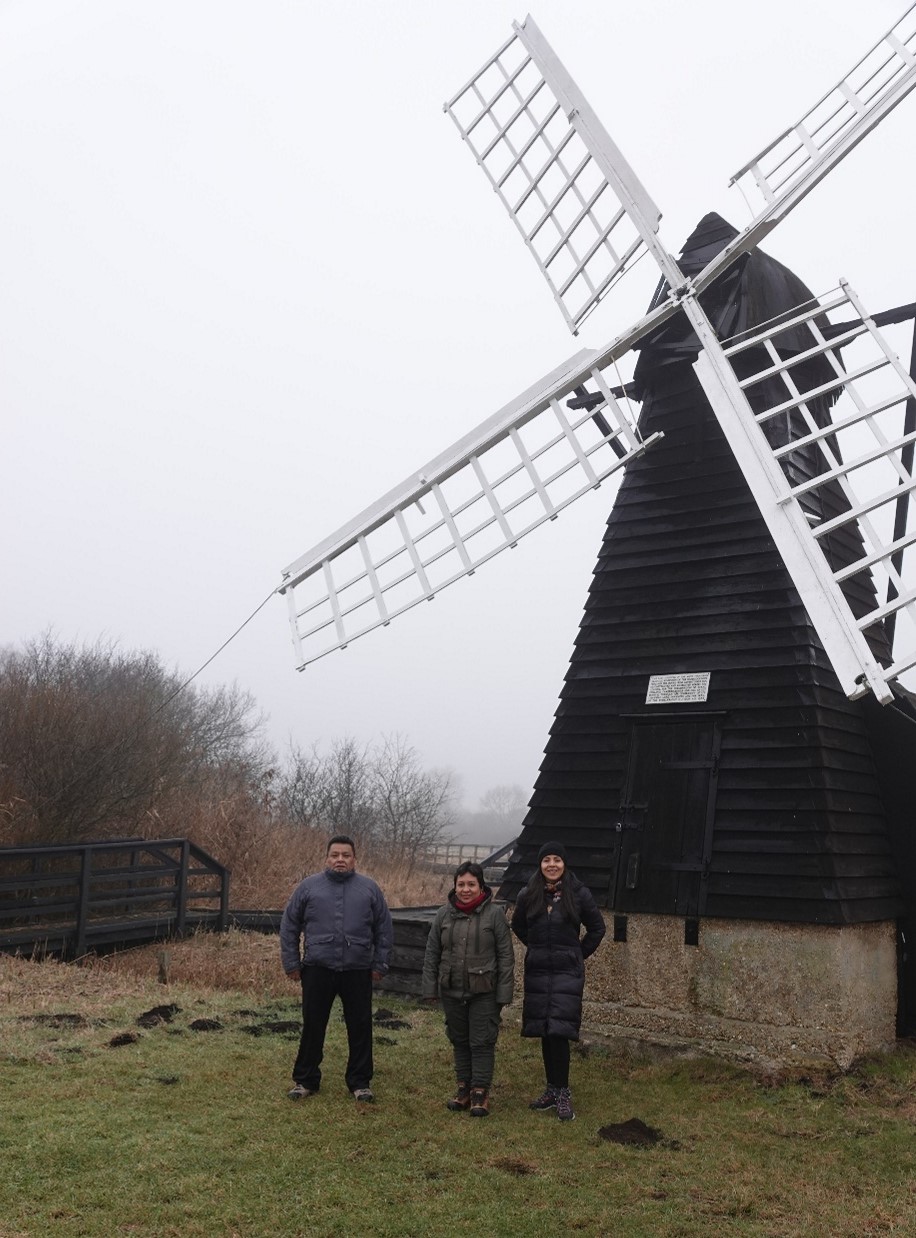
The Fens are dotted with old windmills that used to pump water from the ditches to drain the land / Hay bastante molinos en los Fens que bombeaban el agua de las canales para drenar los campos.
Hugo Lepage & John Forrest (UCAM) are introduced at the start of the presentations by Paola Budgen, APS Events organiser.
Hugo Lepage (UCAM) introduces his audio-visual presentation.
Hugo Lepage & John Forrest (UCAM) take questions at the end of the presentations.
Hugo Lepage & John Forrest (UCAM) pose for an official APS & Embassy photo.

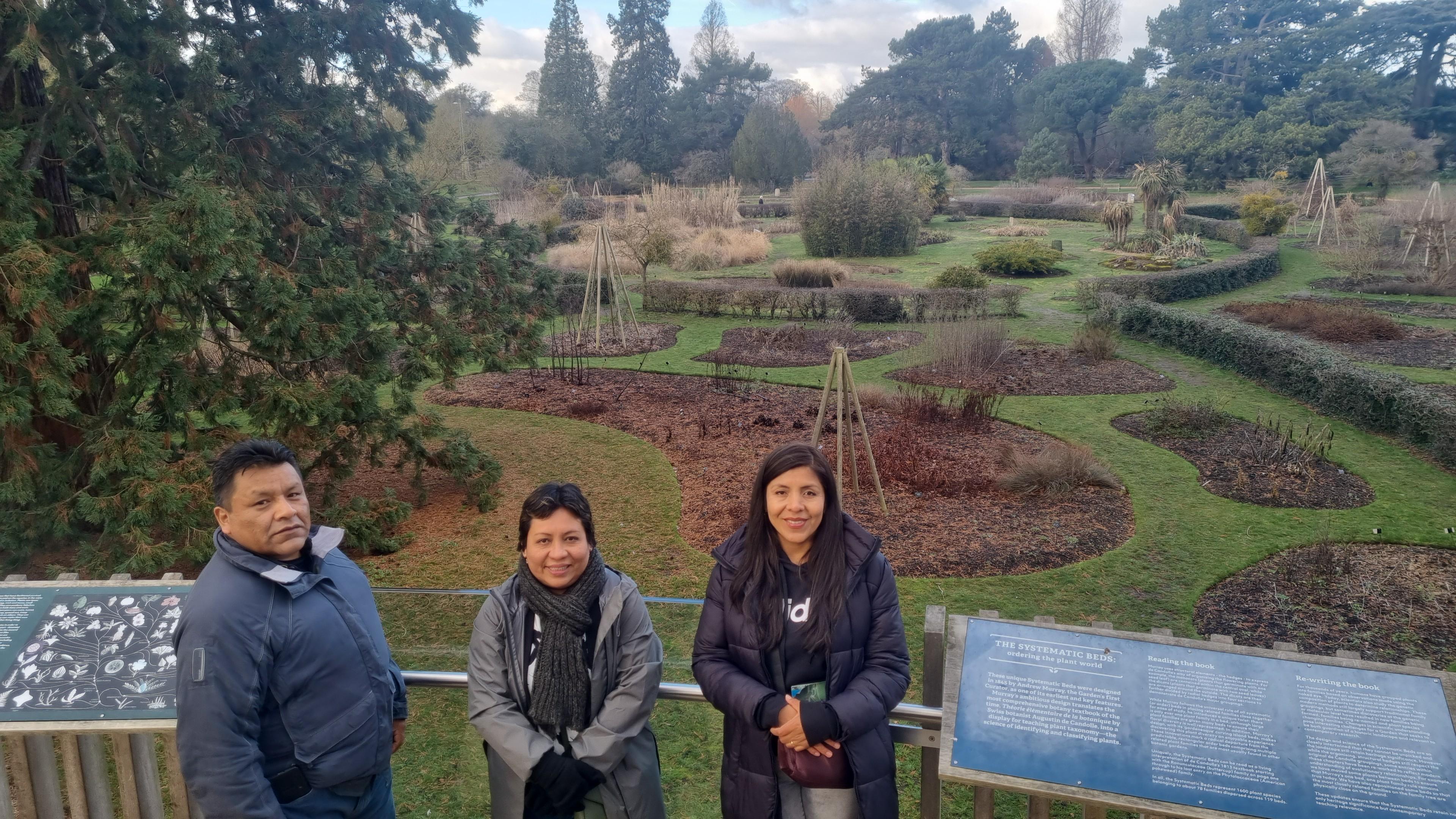
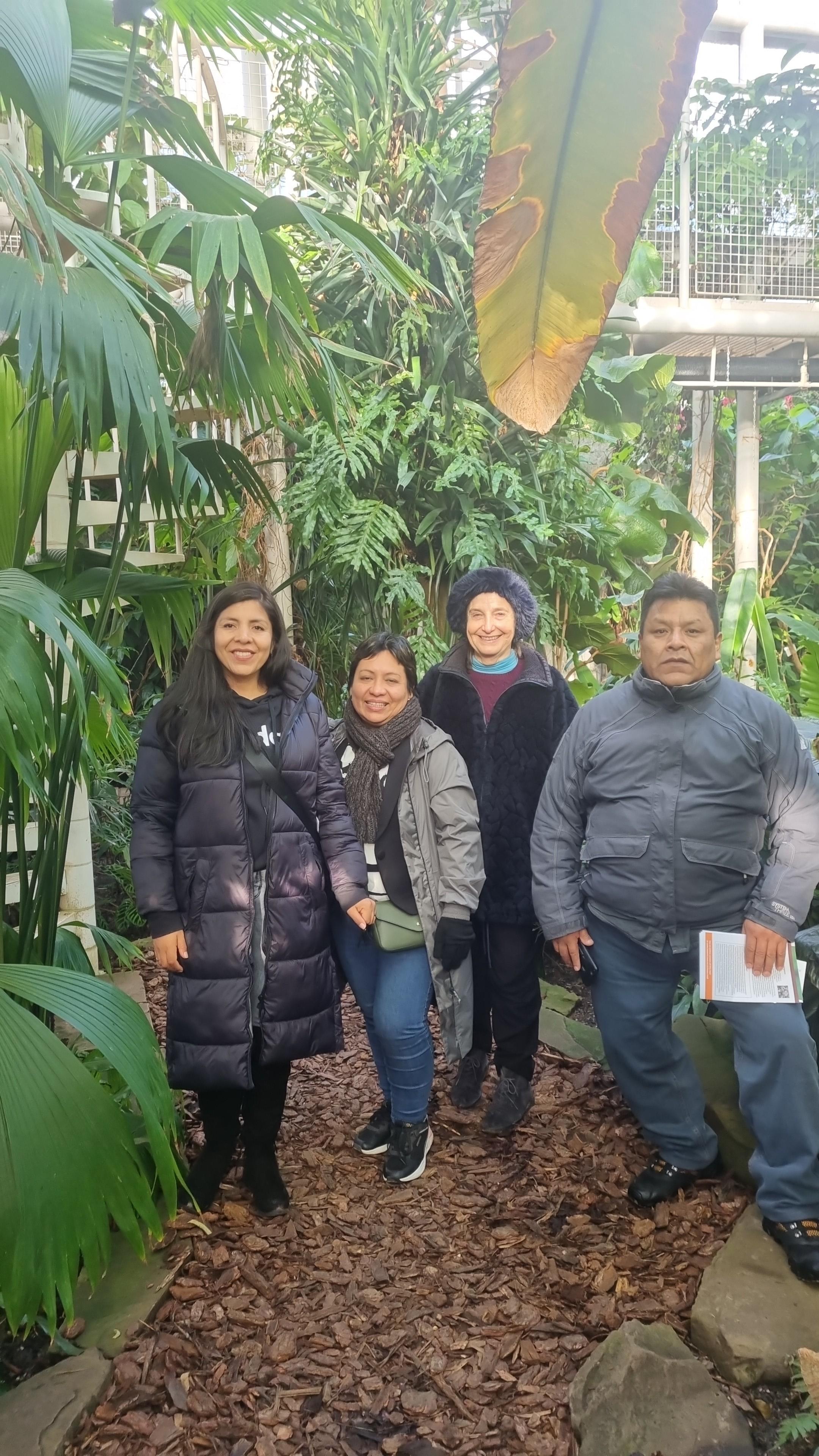
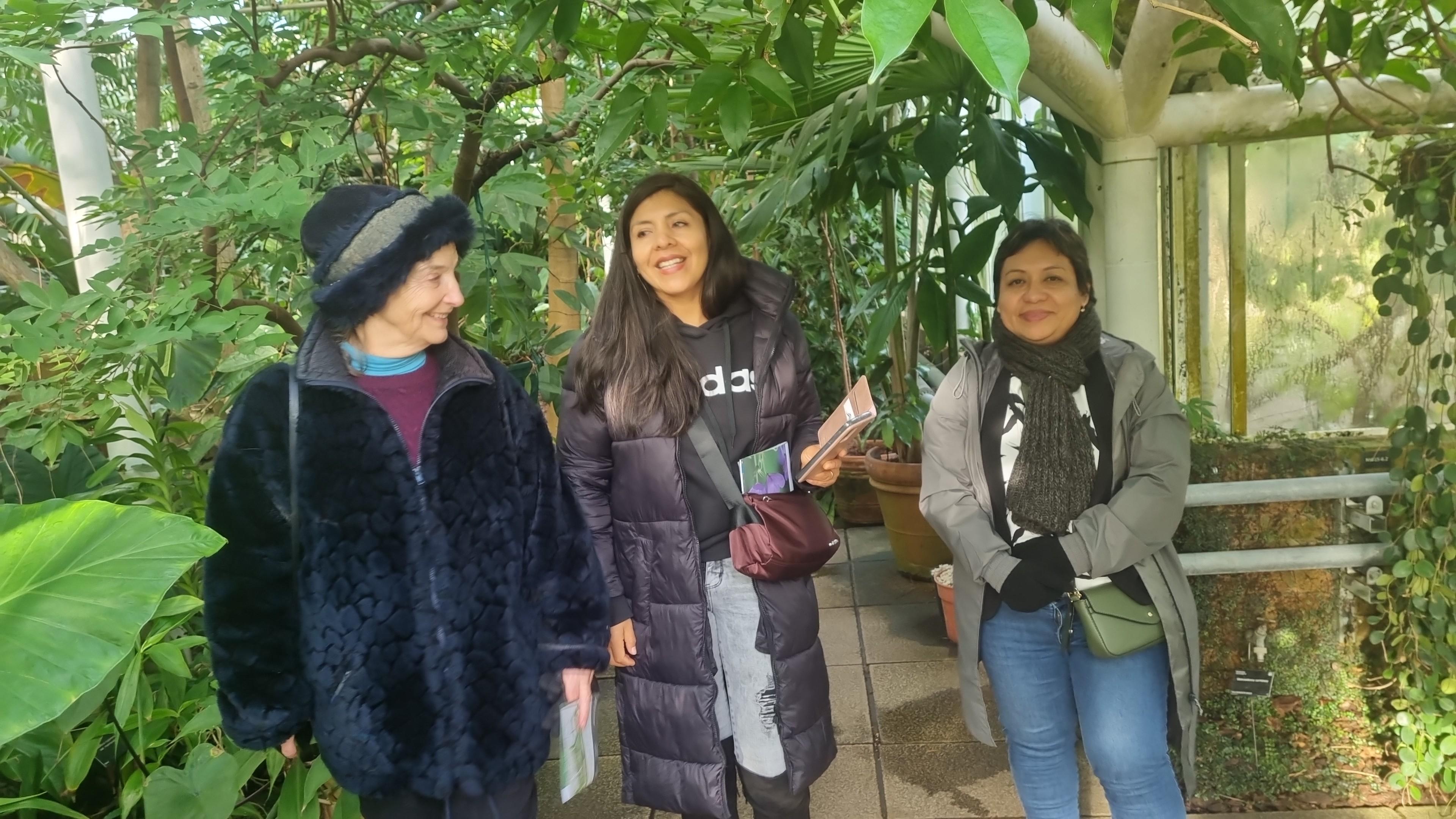
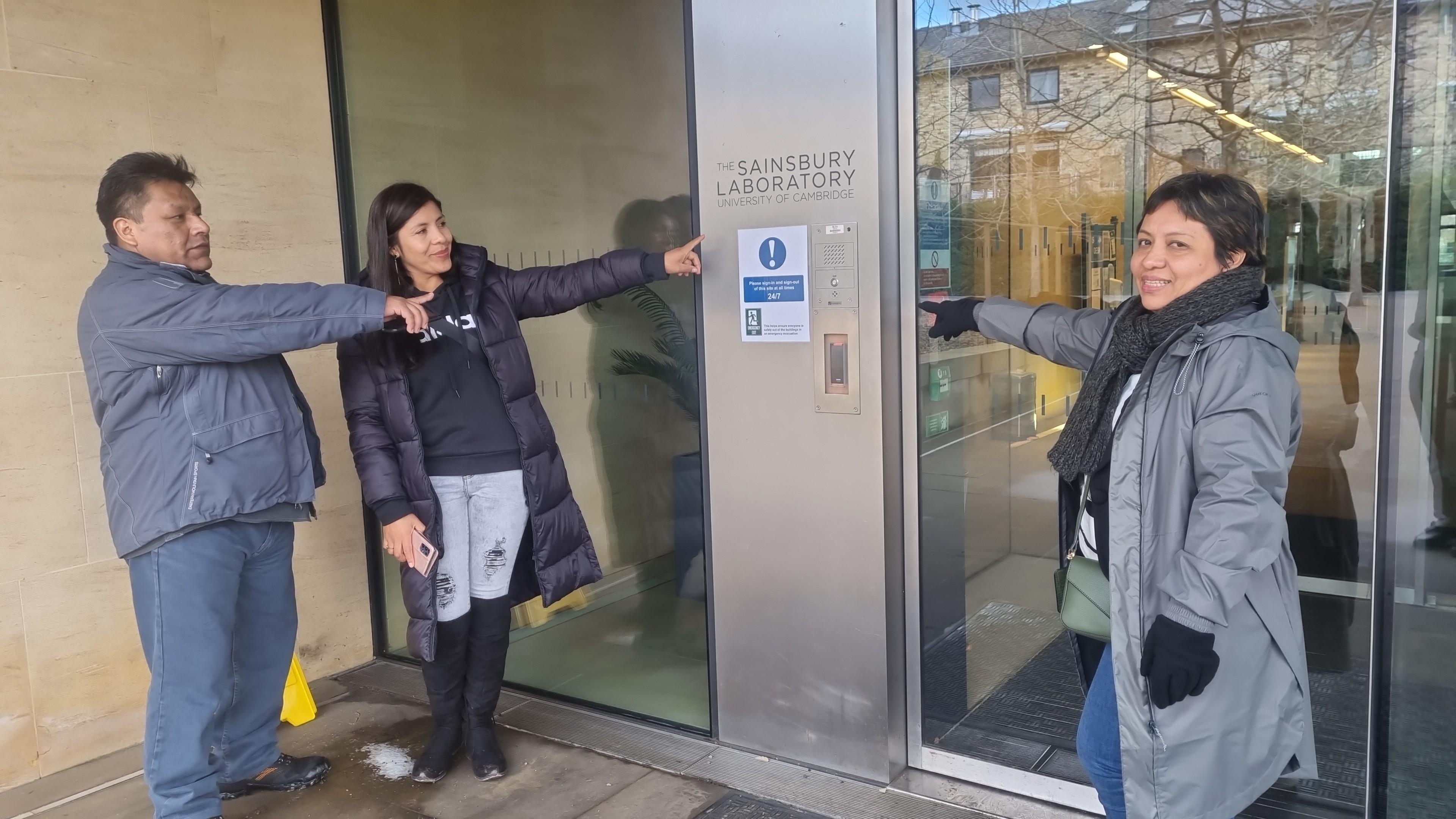



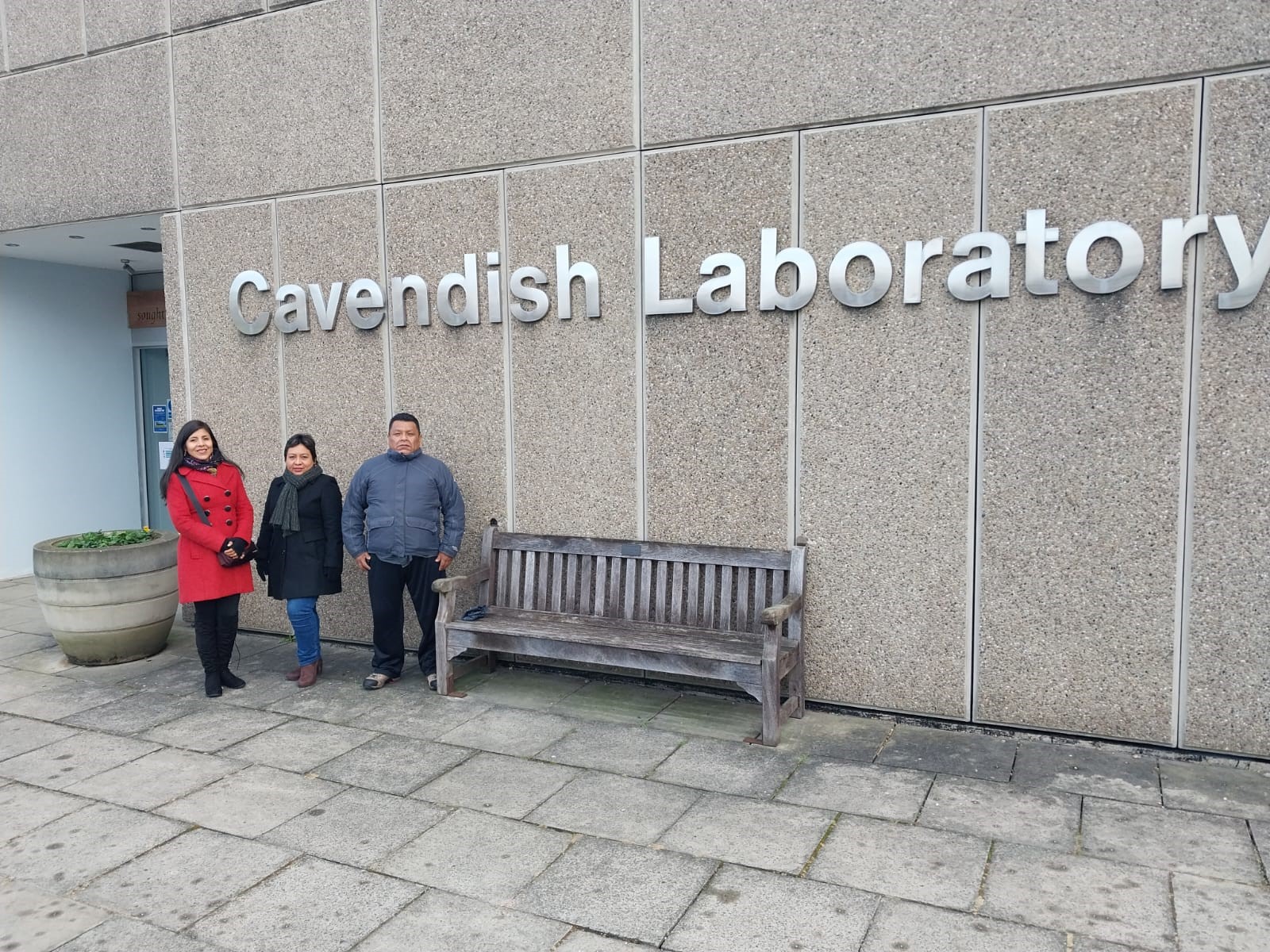 UNDC visitors in front of the Cavendish Laboratory main entrance.
UNDC visitors in front of the Cavendish Laboratory main entrance.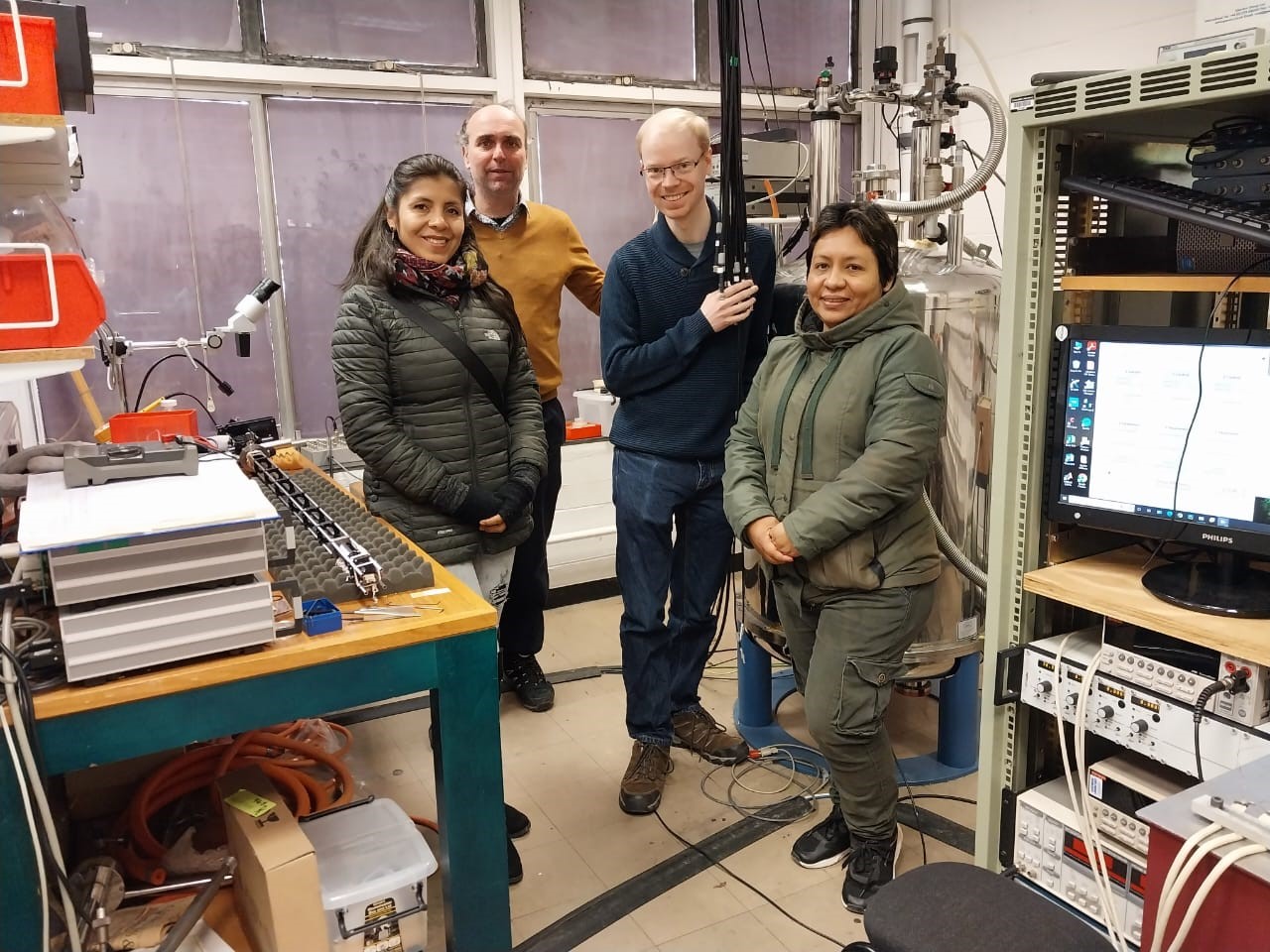 UNDC visitors with Adrian Ionescu and Peter Newton from the Dept.of Physics in a laboratory within the department. In 2024 the Dept. of Physics (Cavendish laboratory) will move into brand new purpose built premises.
UNDC visitors with Adrian Ionescu and Peter Newton from the Dept.of Physics in a laboratory within the department. In 2024 the Dept. of Physics (Cavendish laboratory) will move into brand new purpose built premises.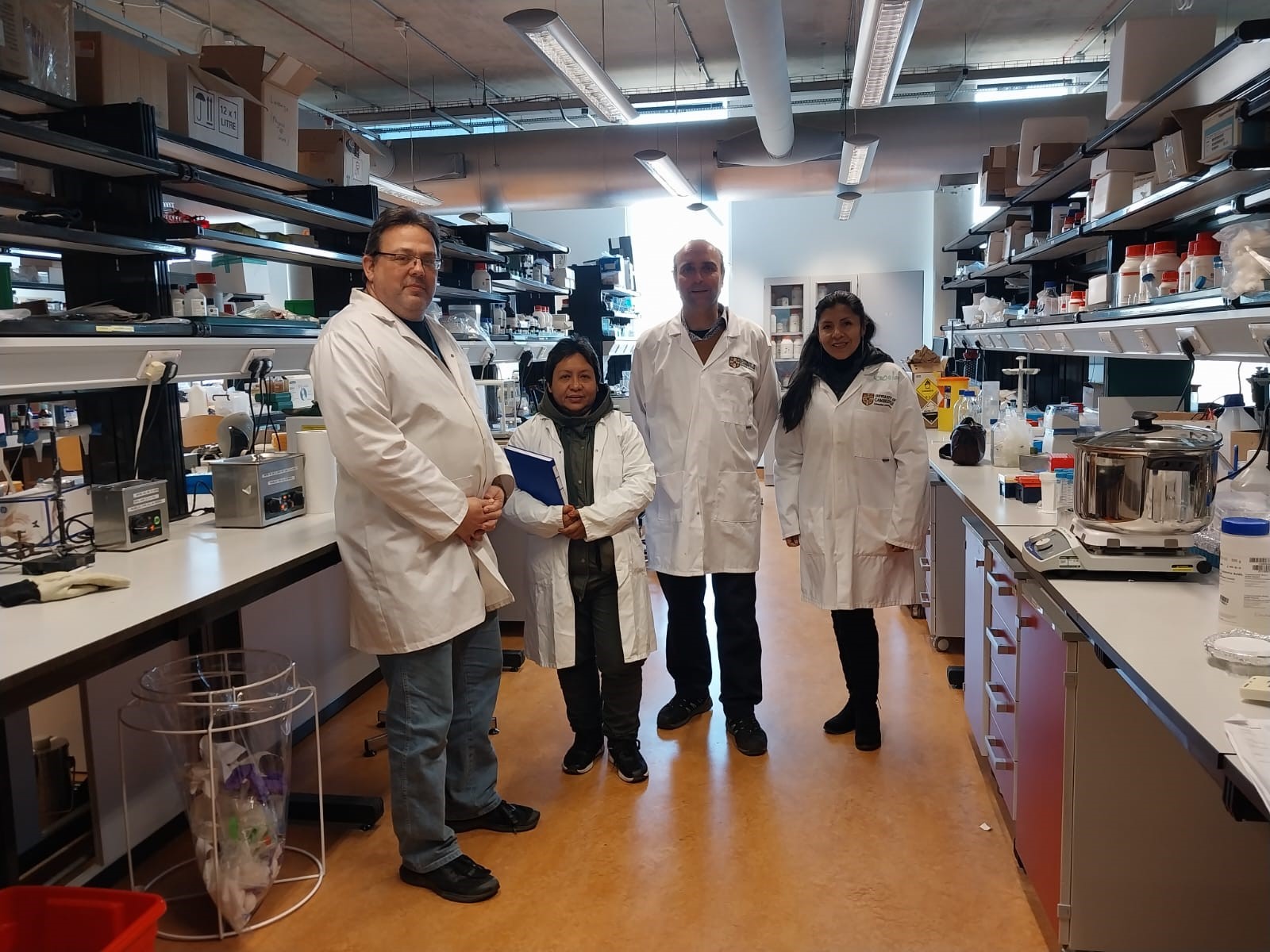 UNDC viistors in a Biochemistry laboratory at the Physics of Medicine, with the laboratory manager, Tim Fitzmaurice, and Adrian Ionescu.
UNDC viistors in a Biochemistry laboratory at the Physics of Medicine, with the laboratory manager, Tim Fitzmaurice, and Adrian Ionescu.